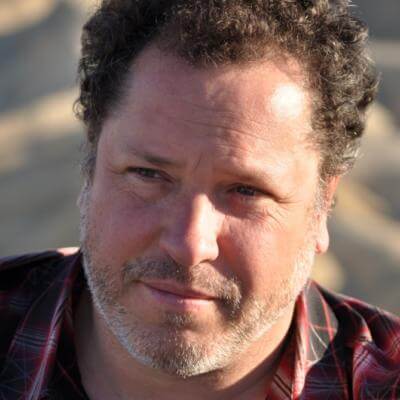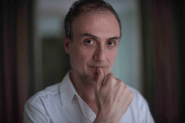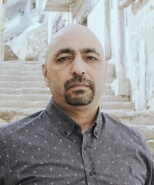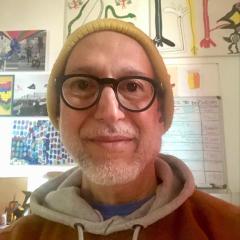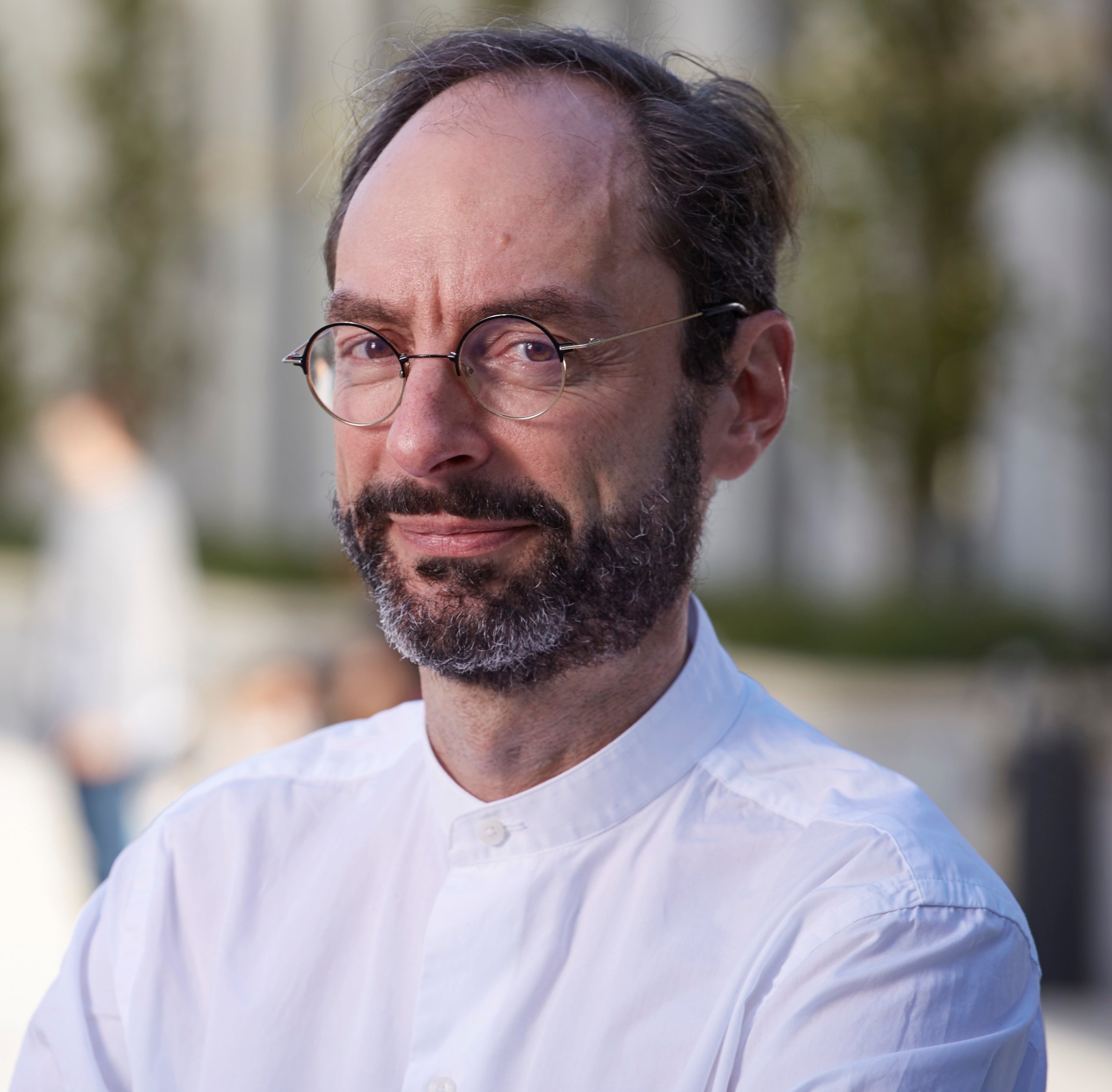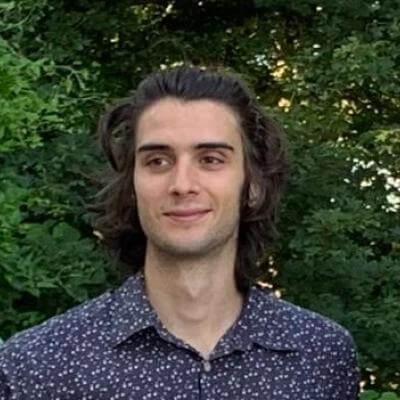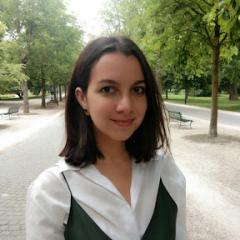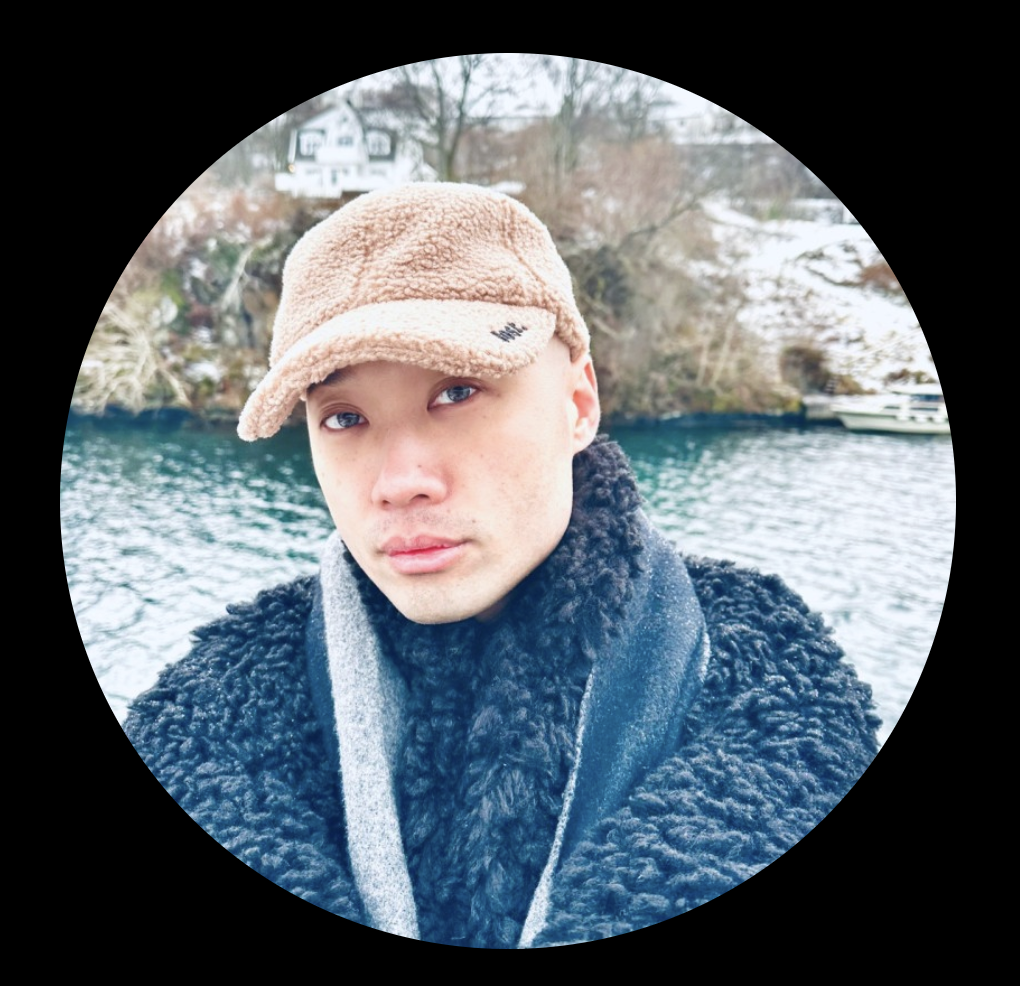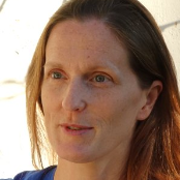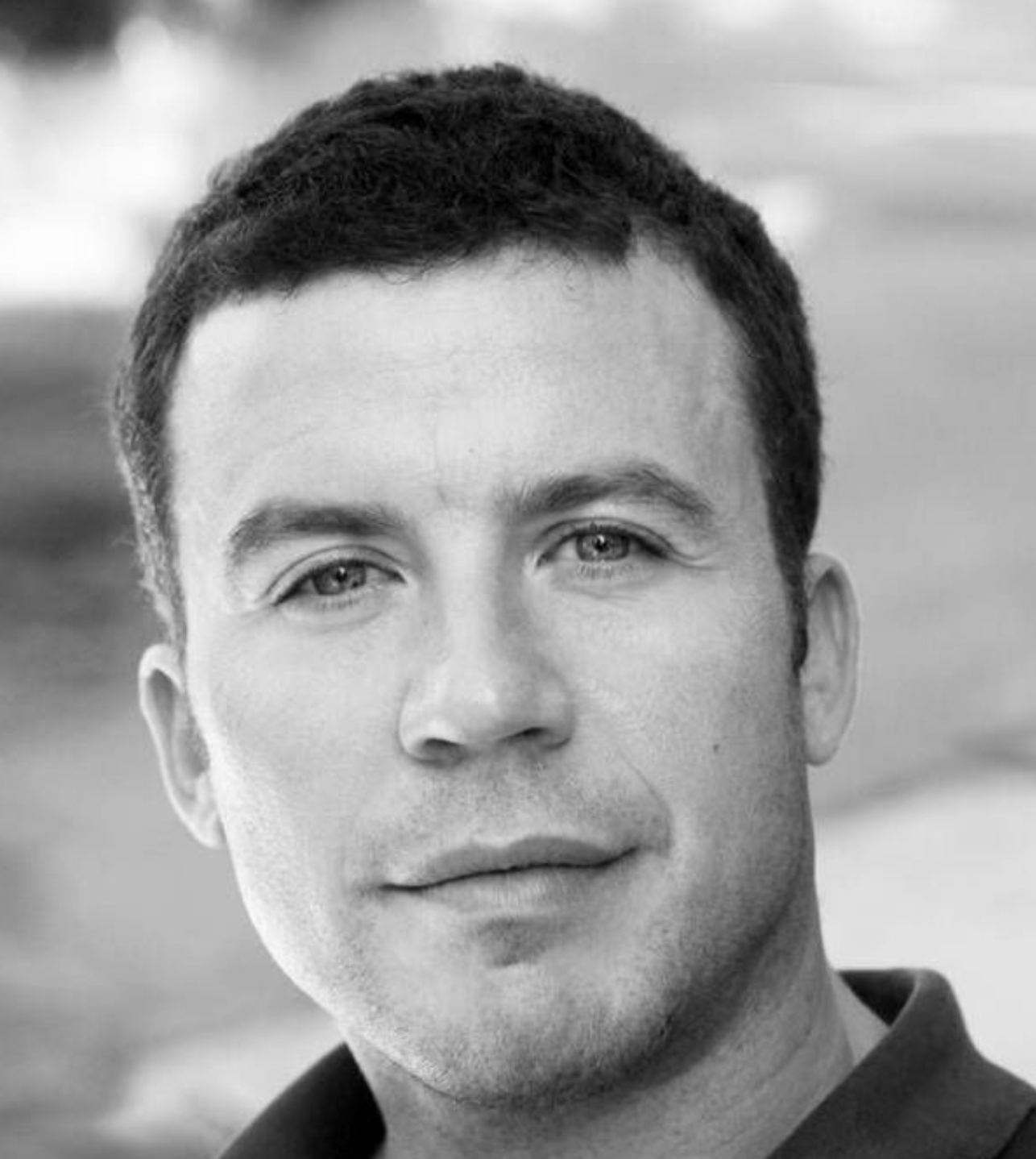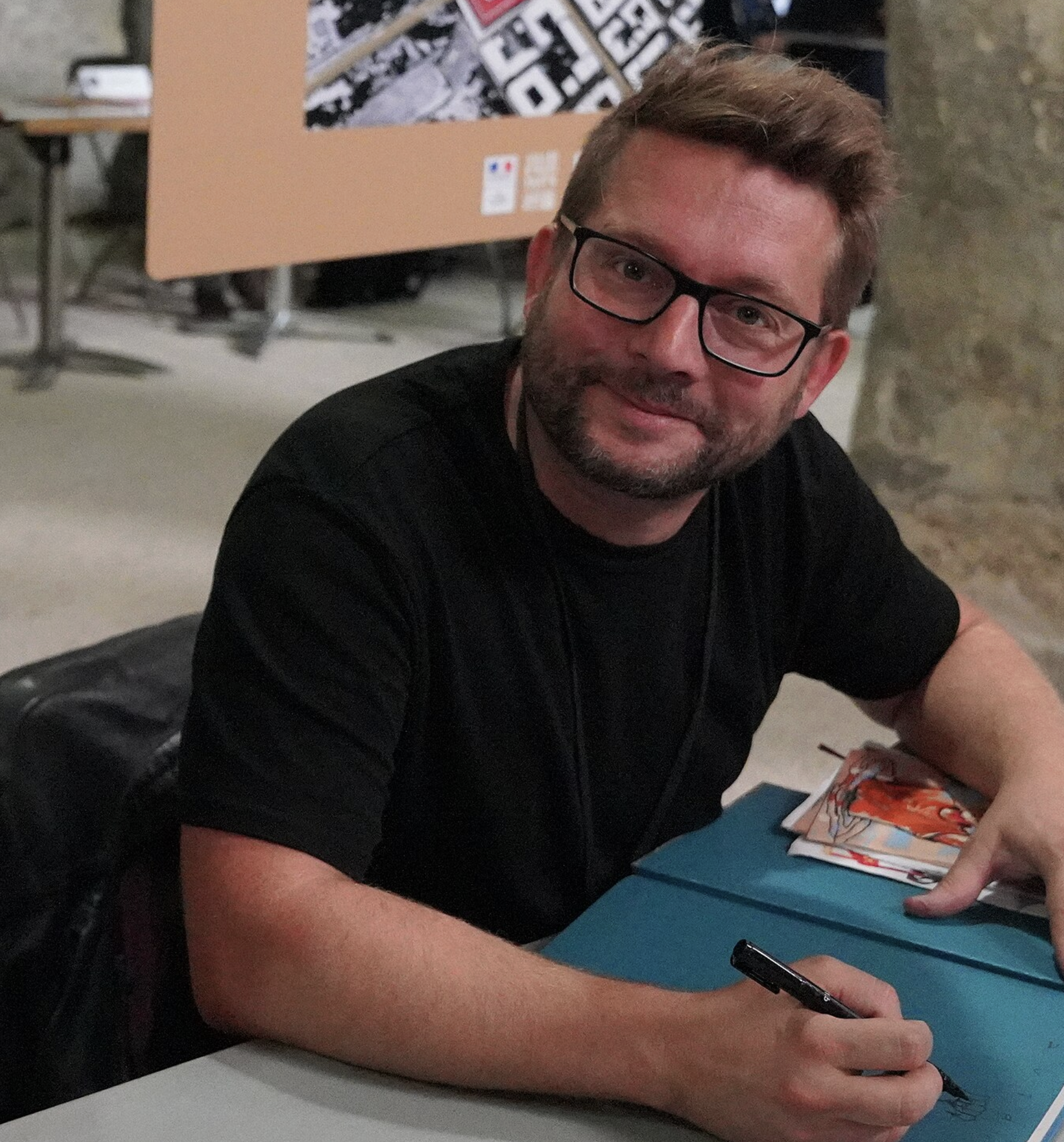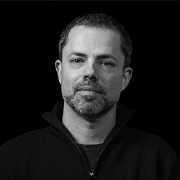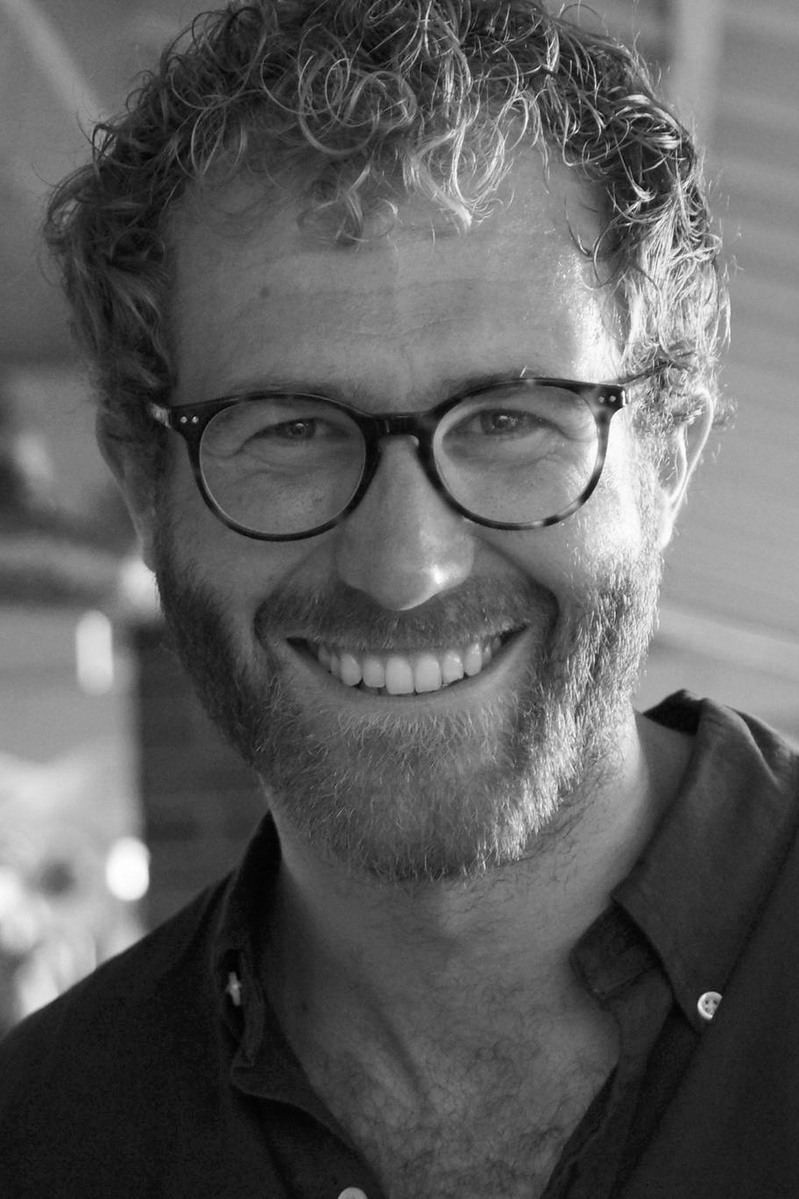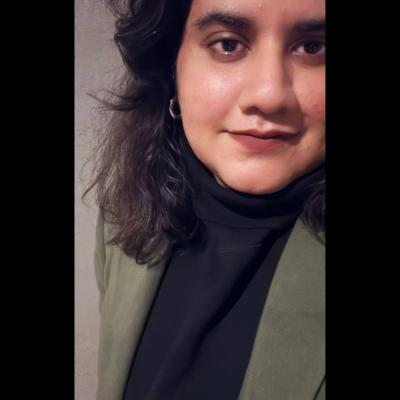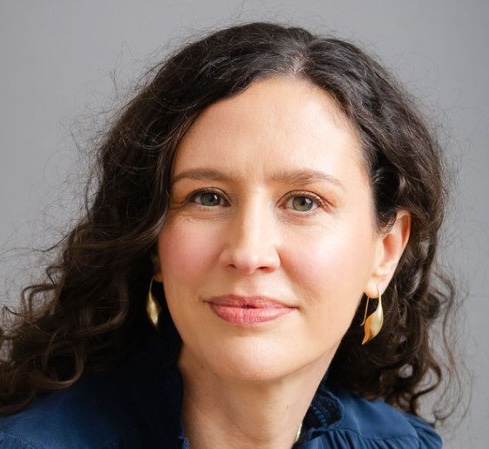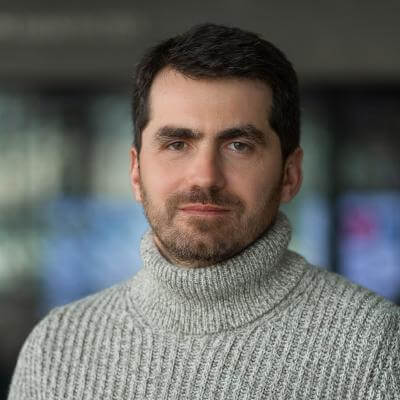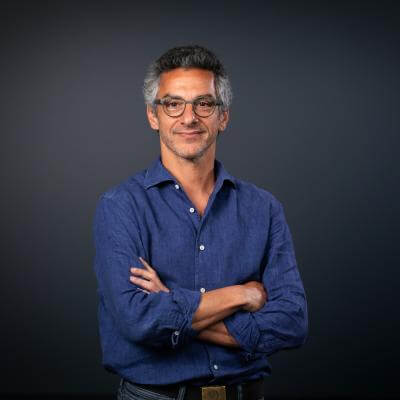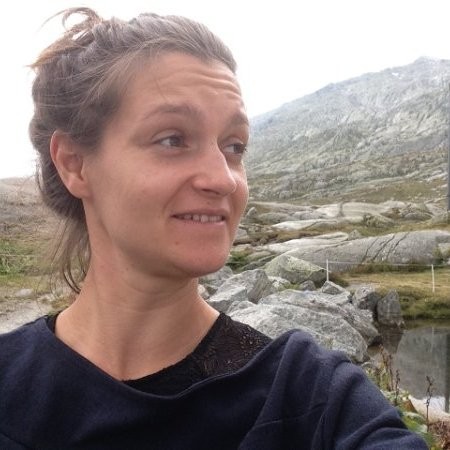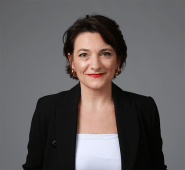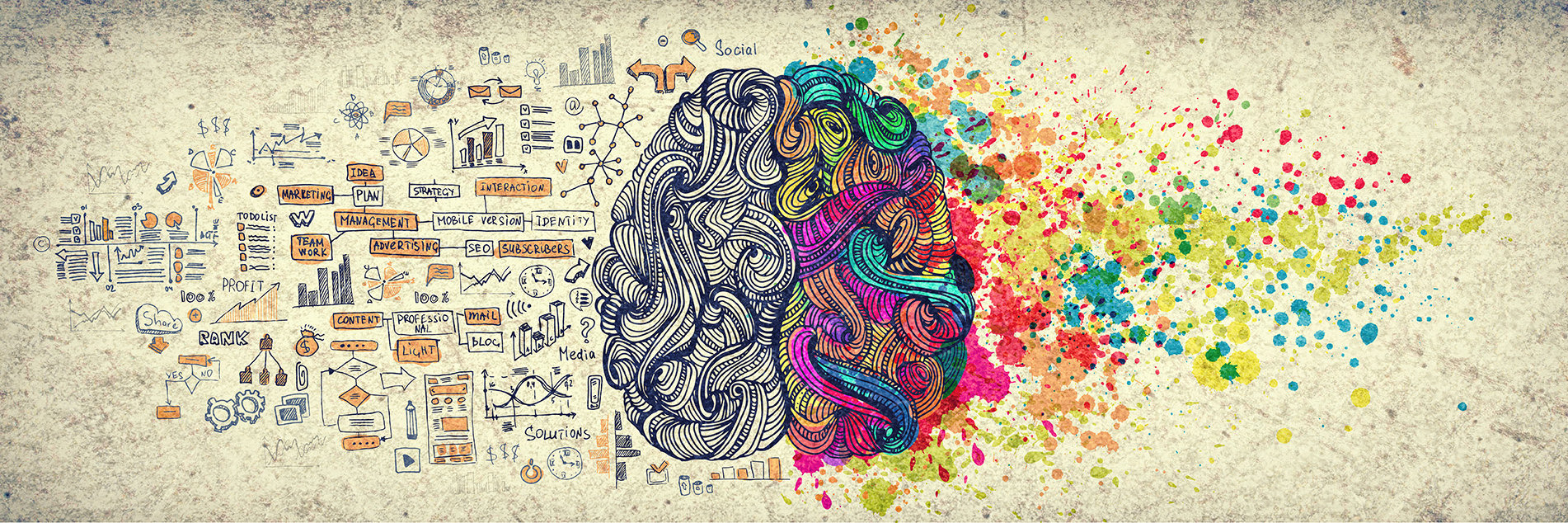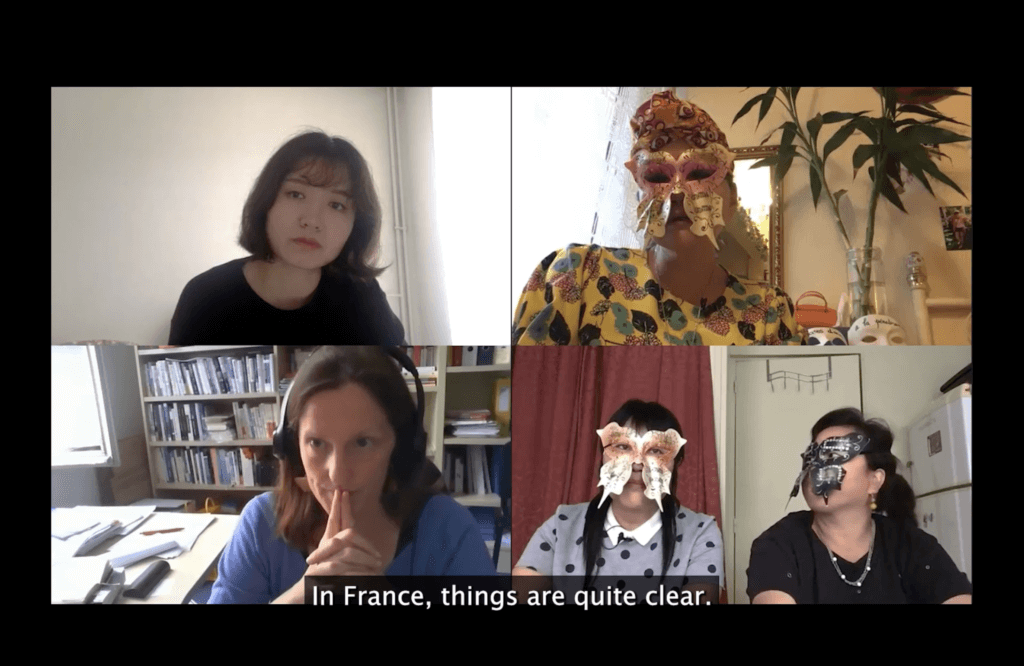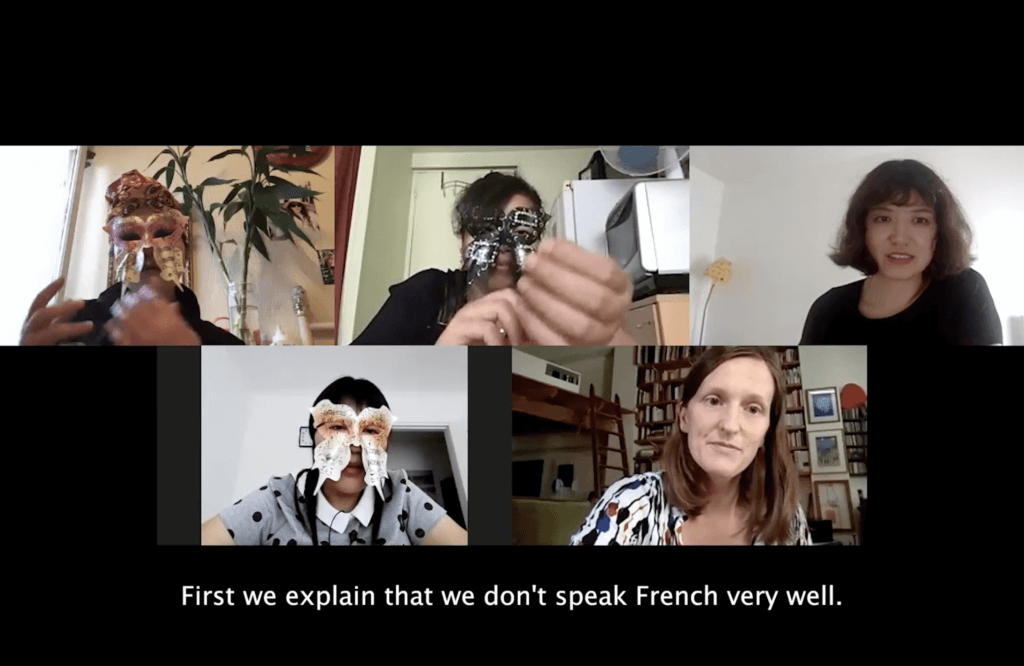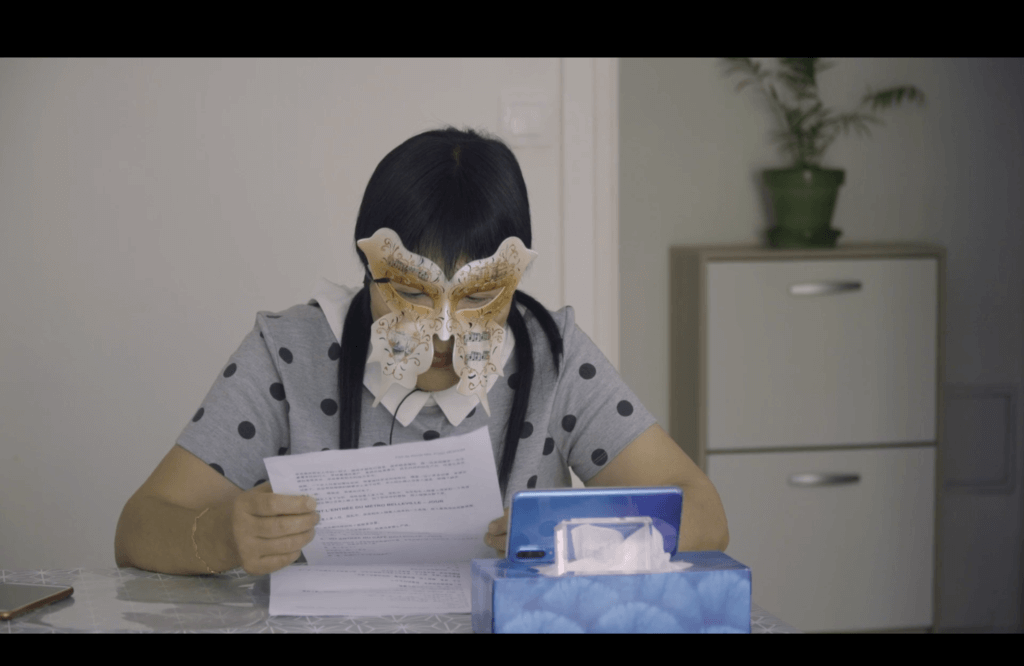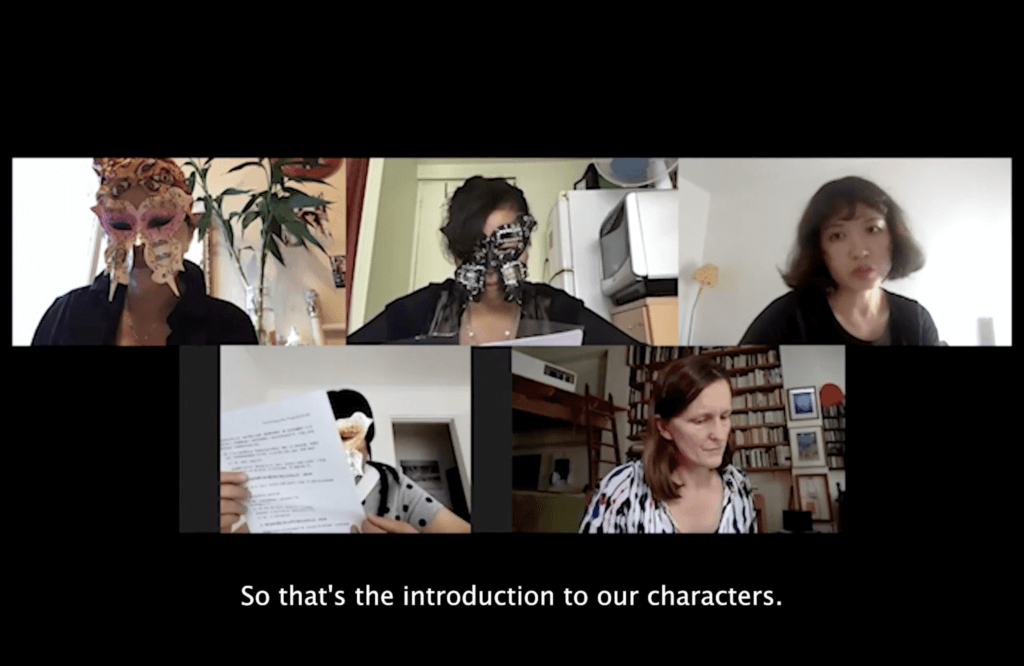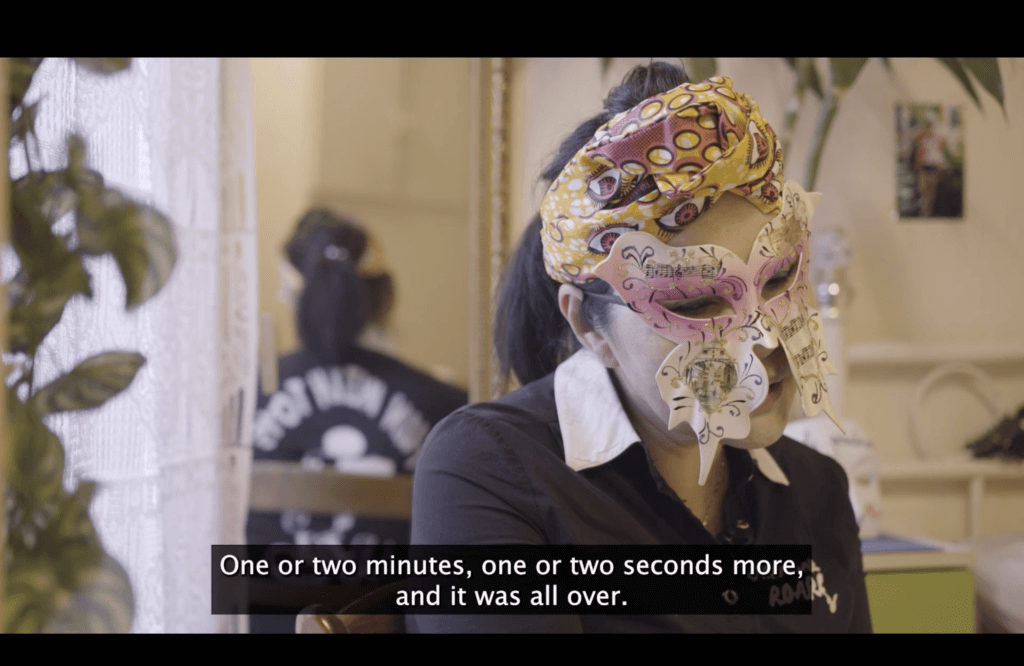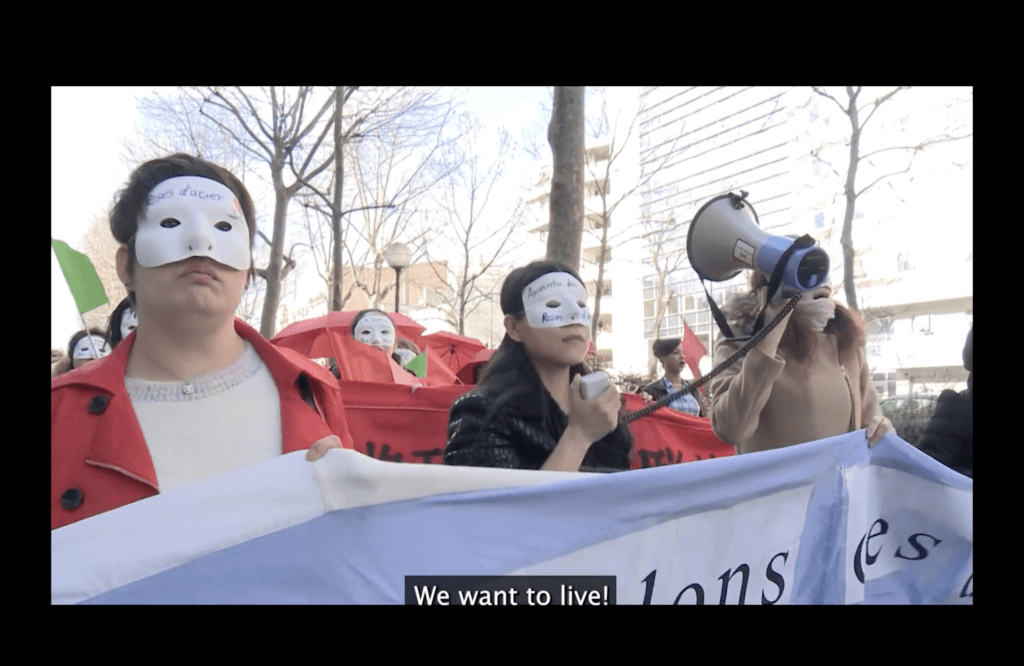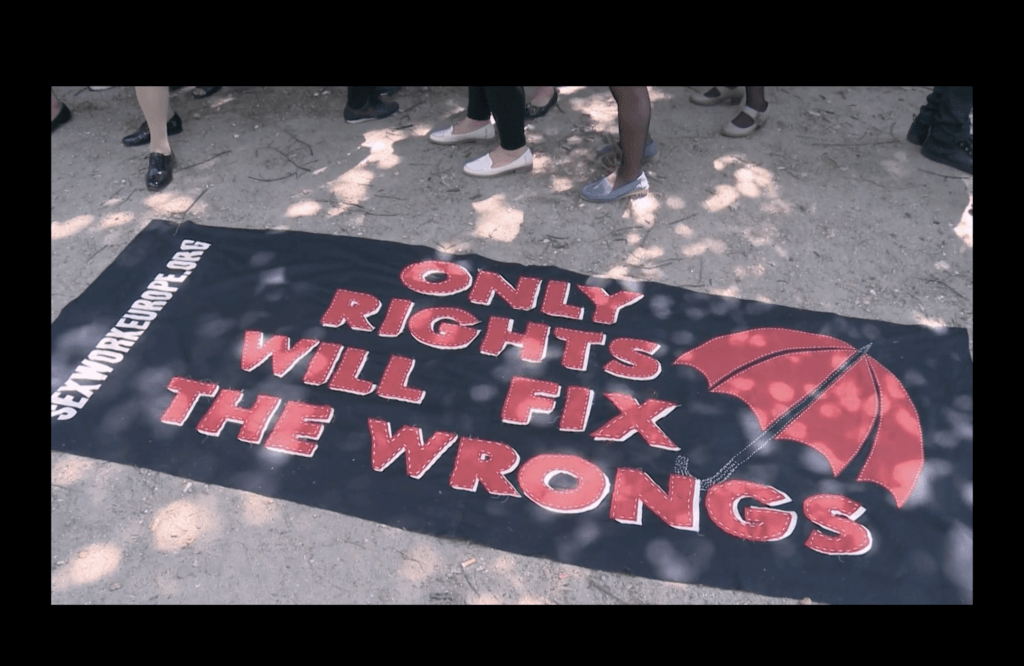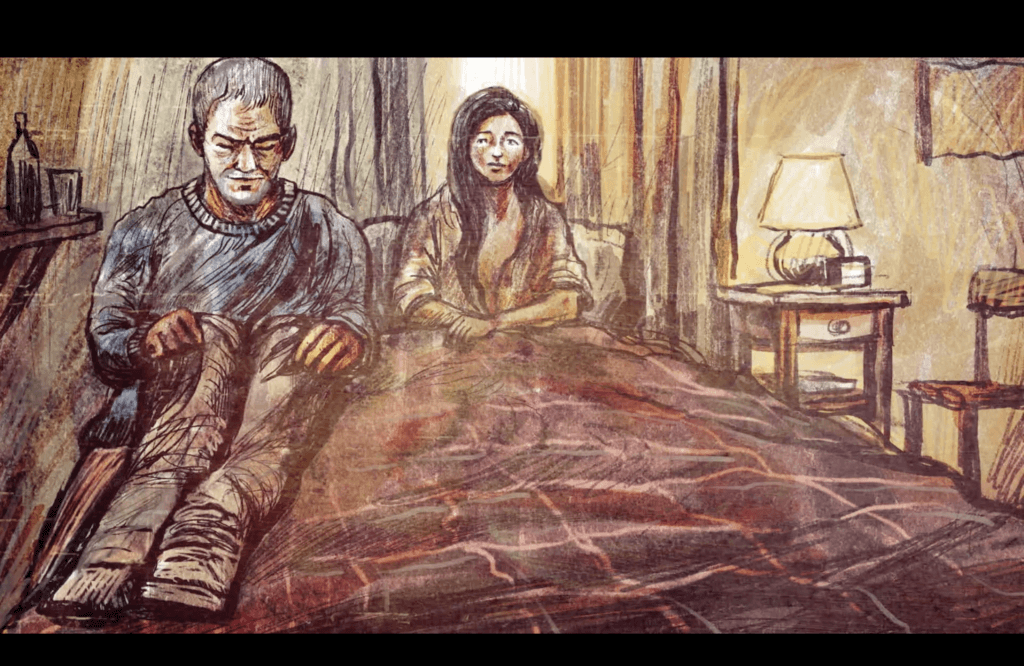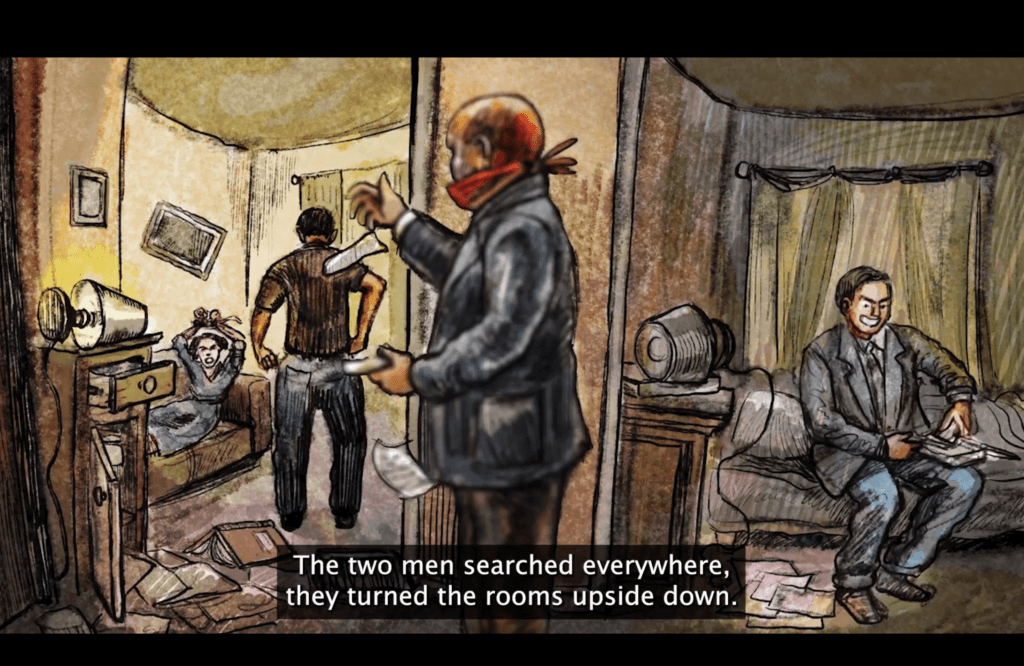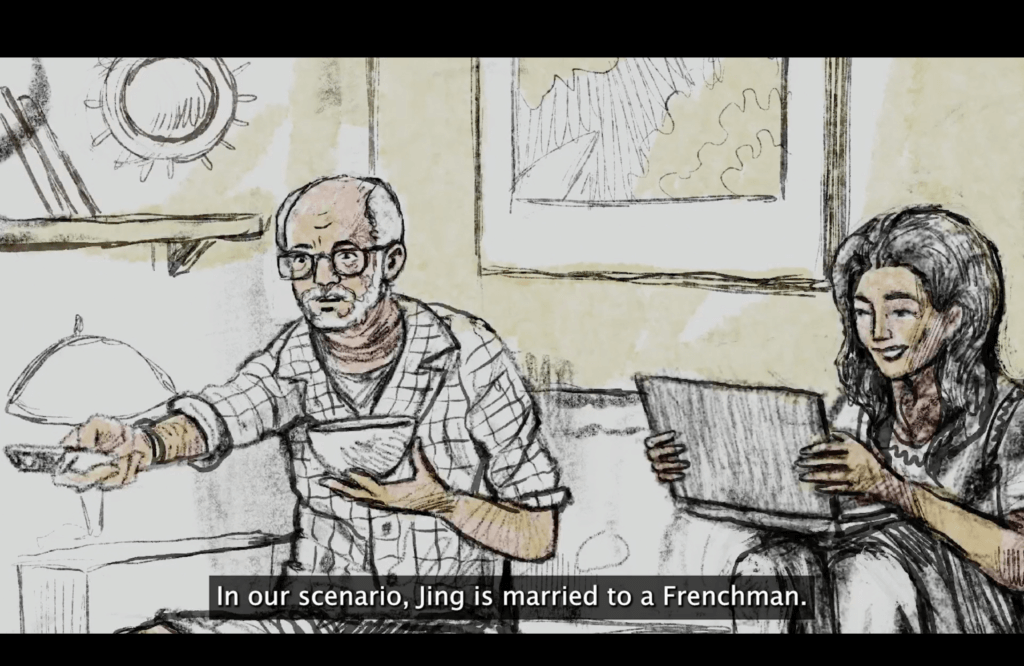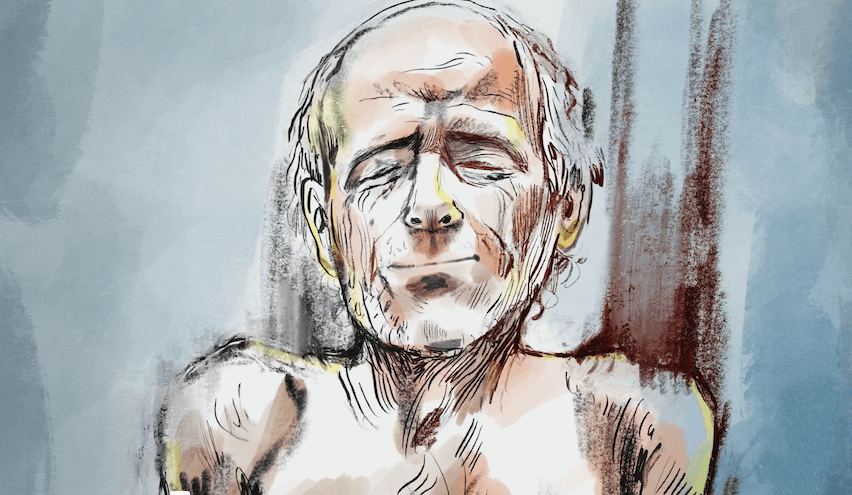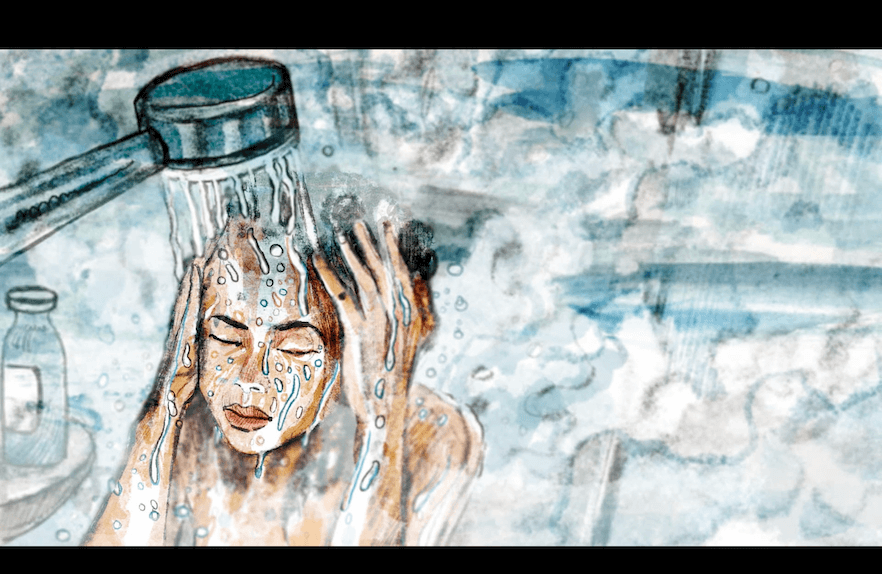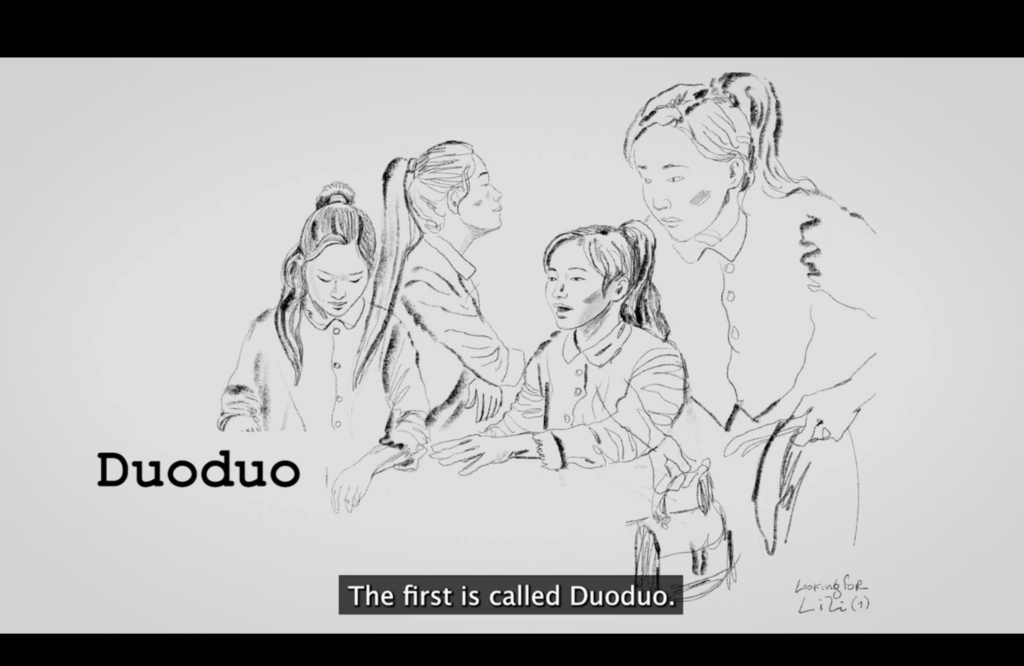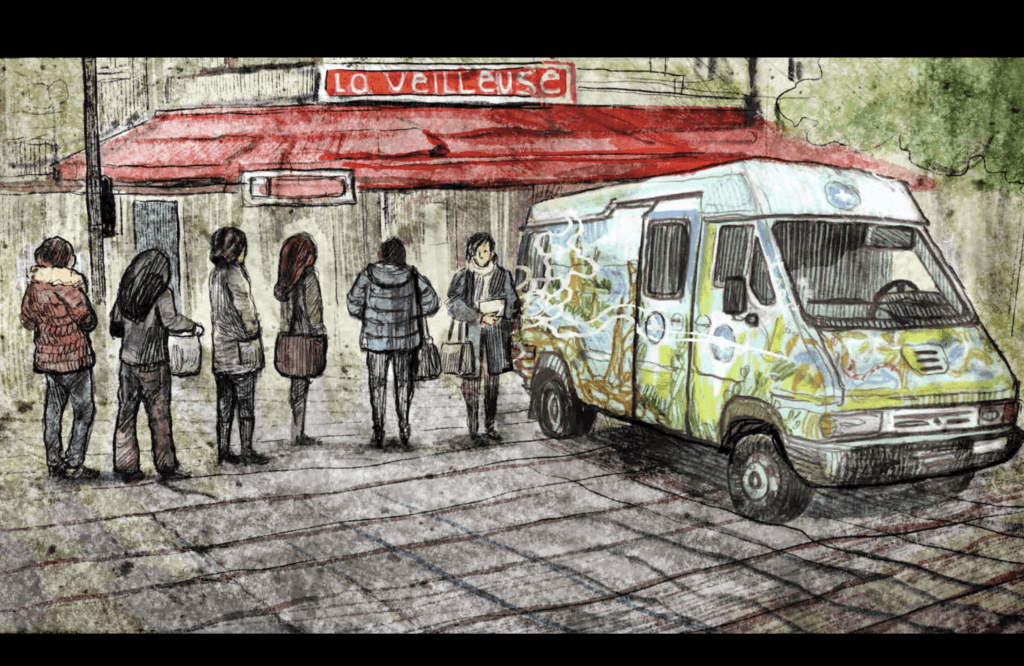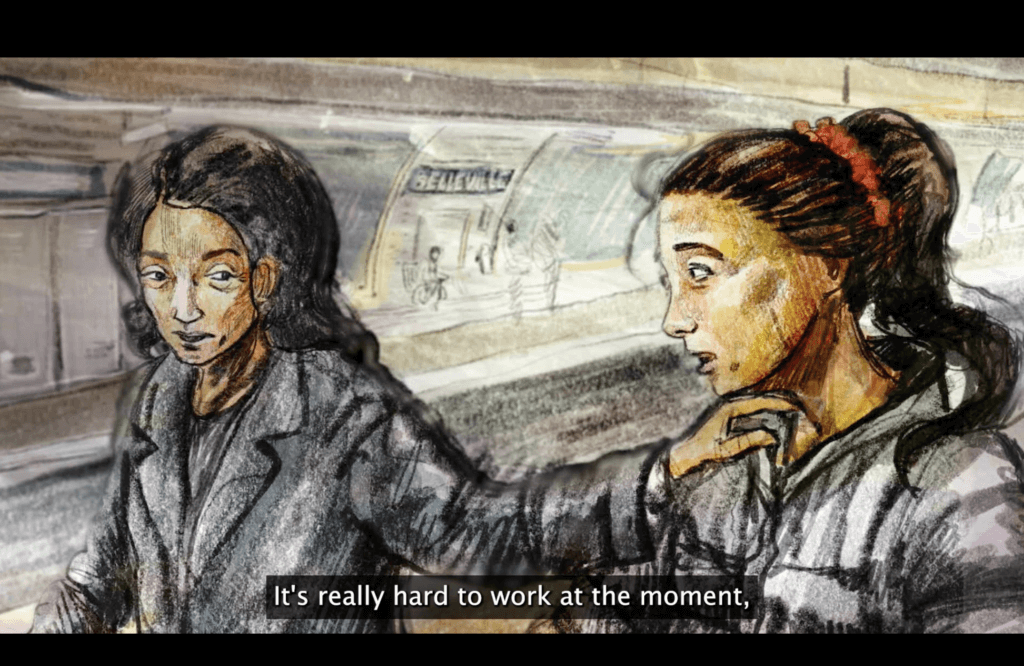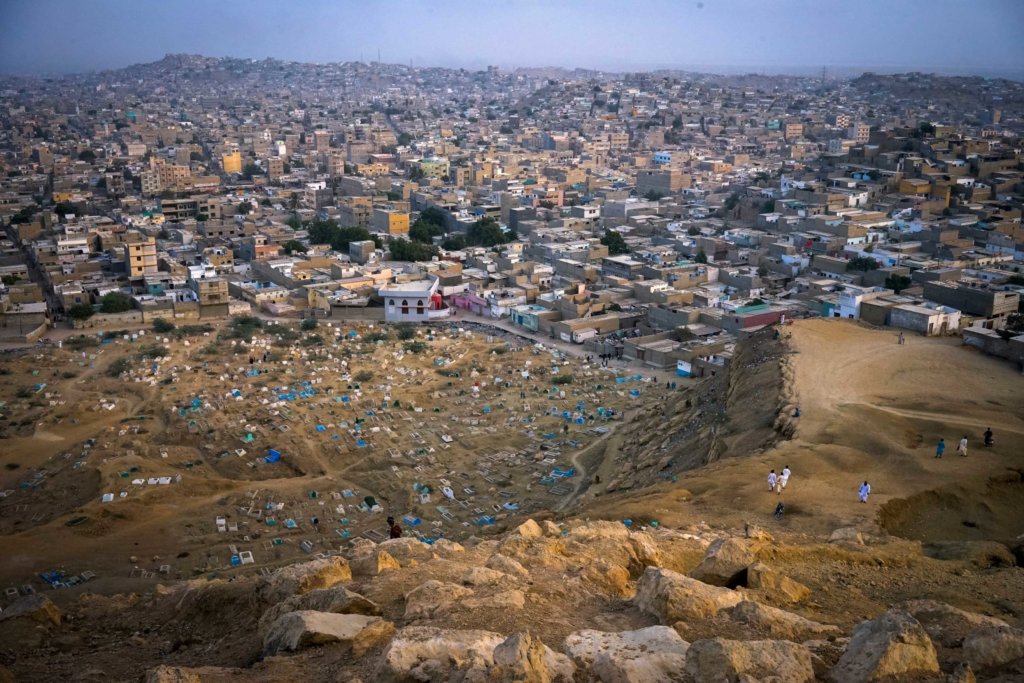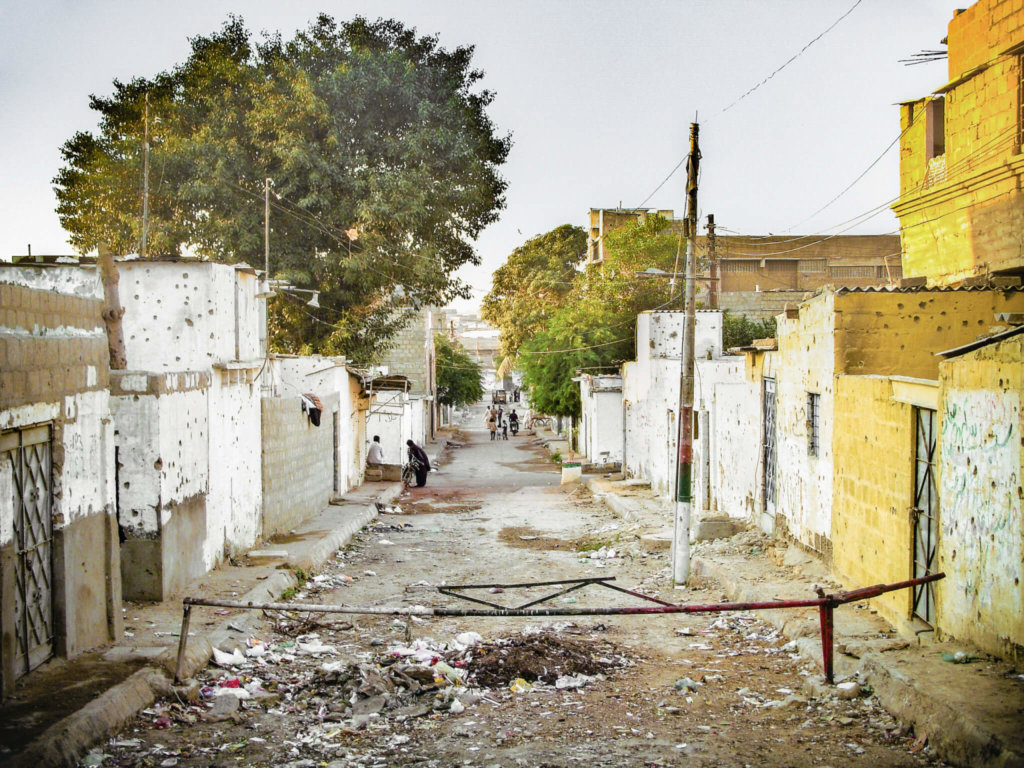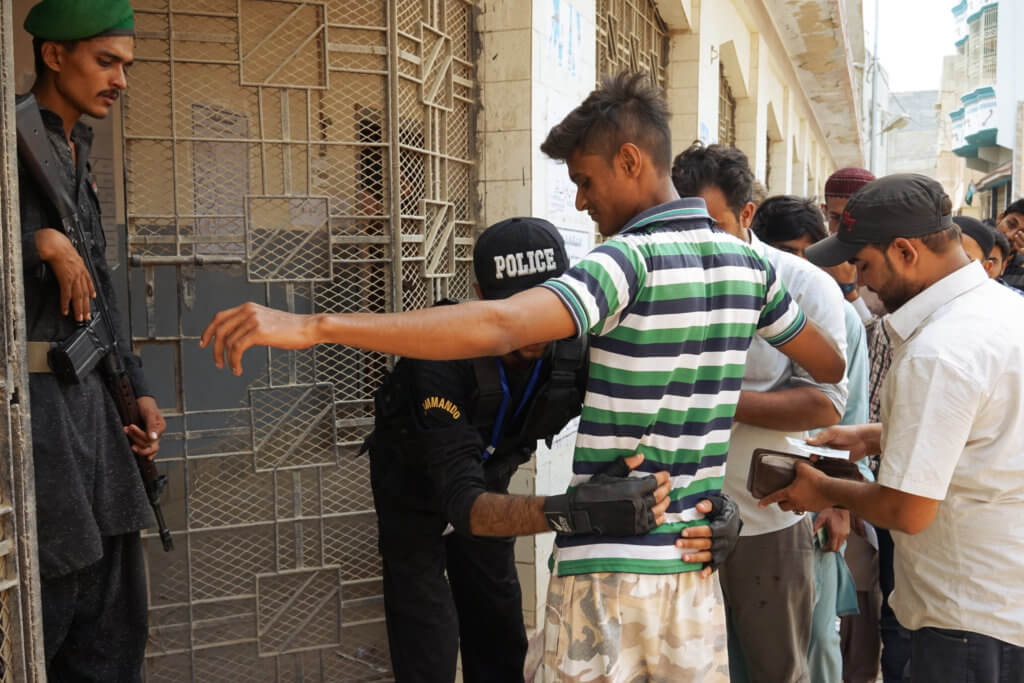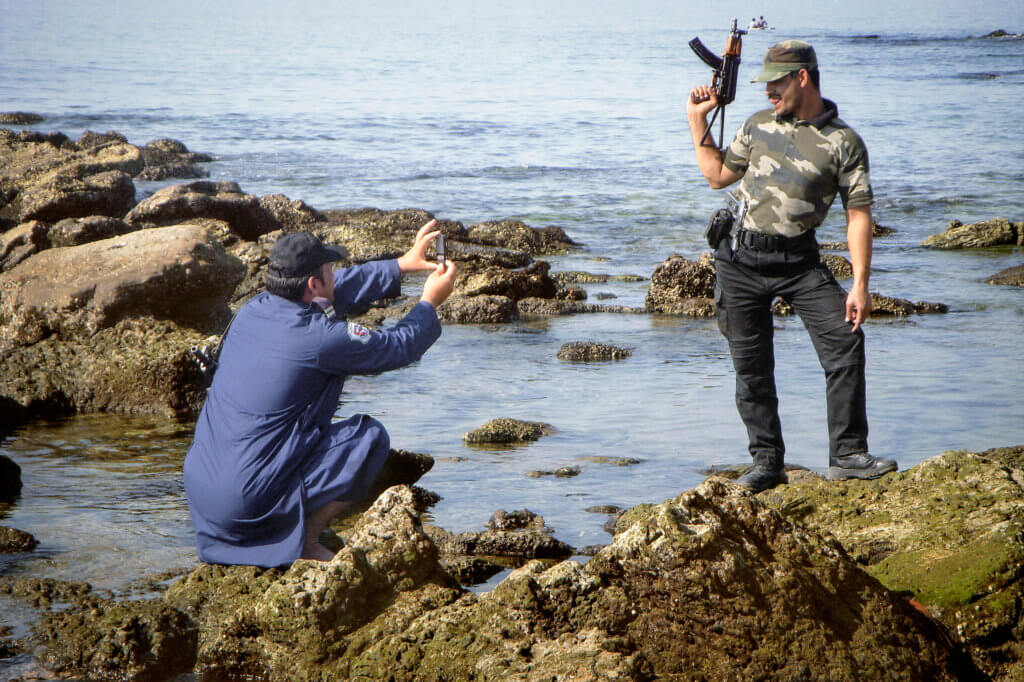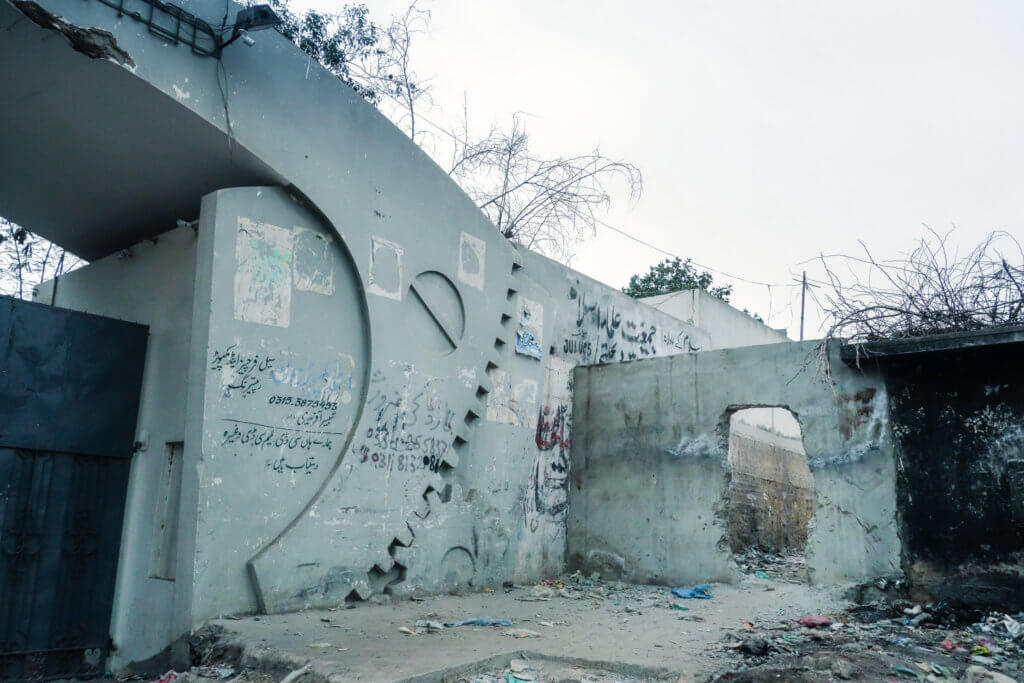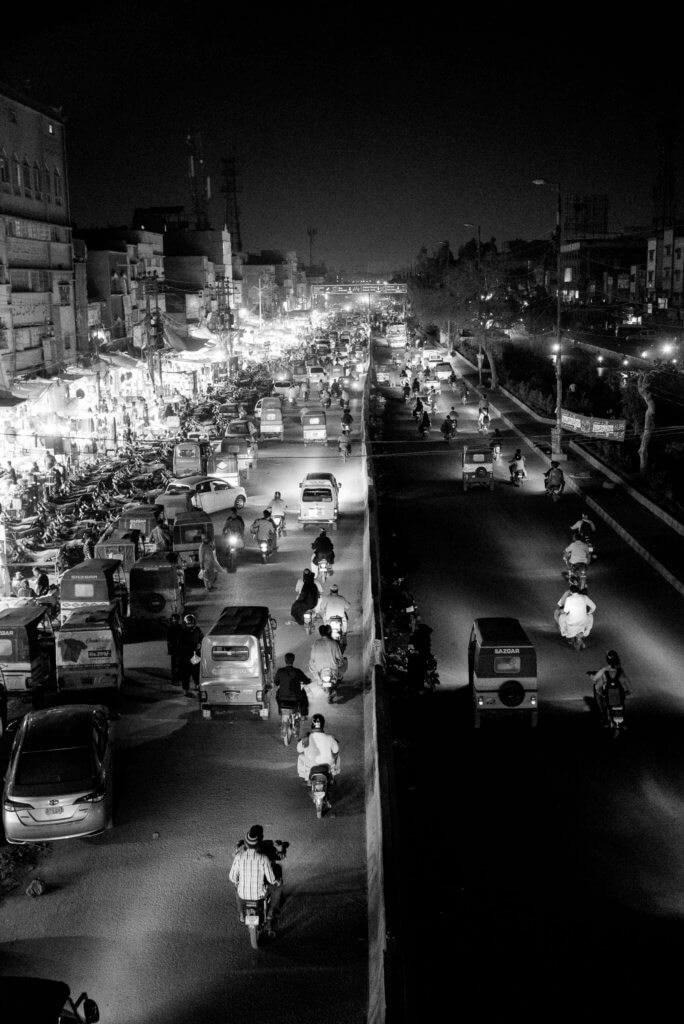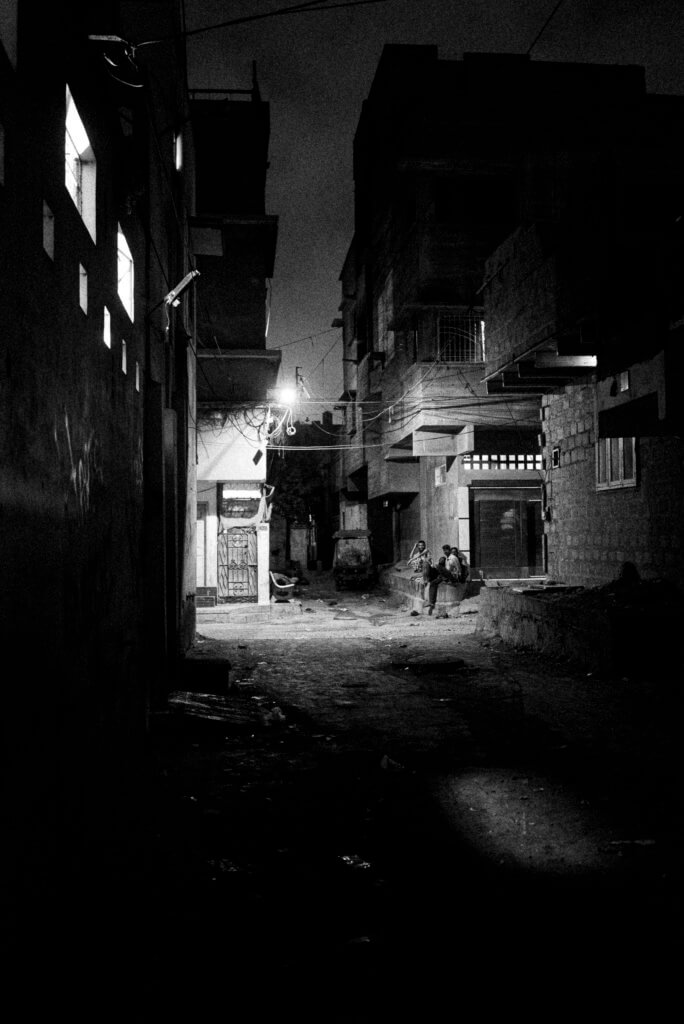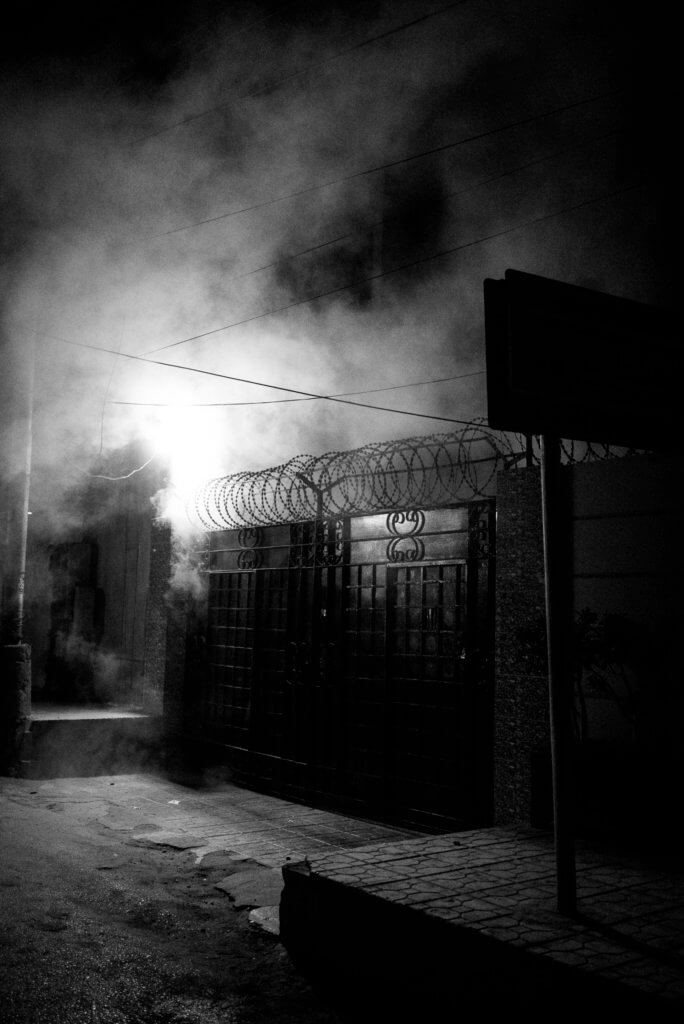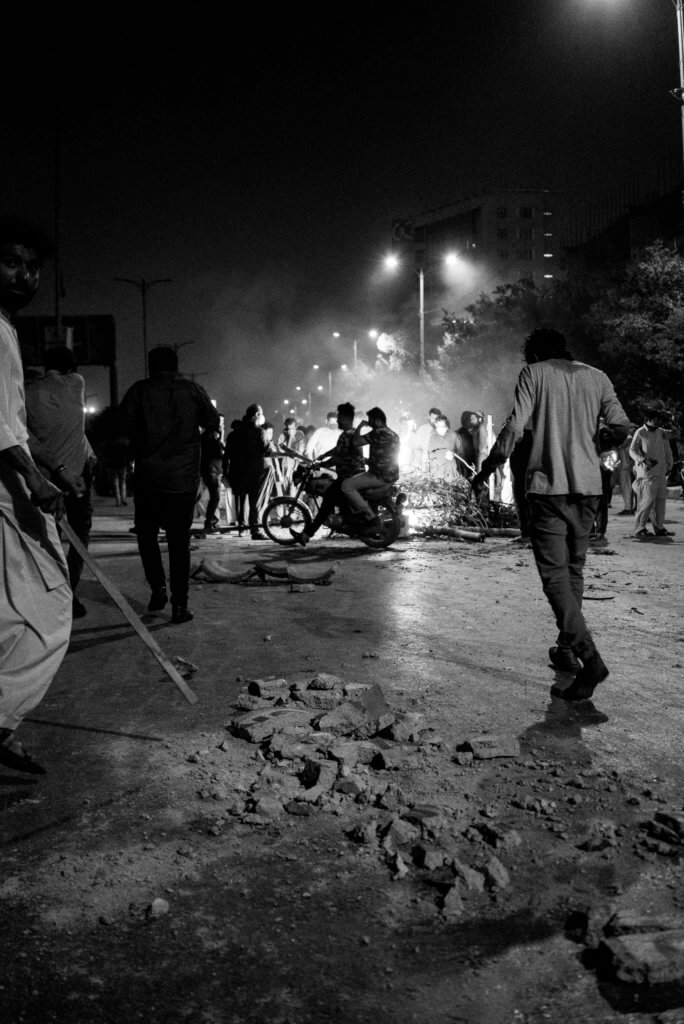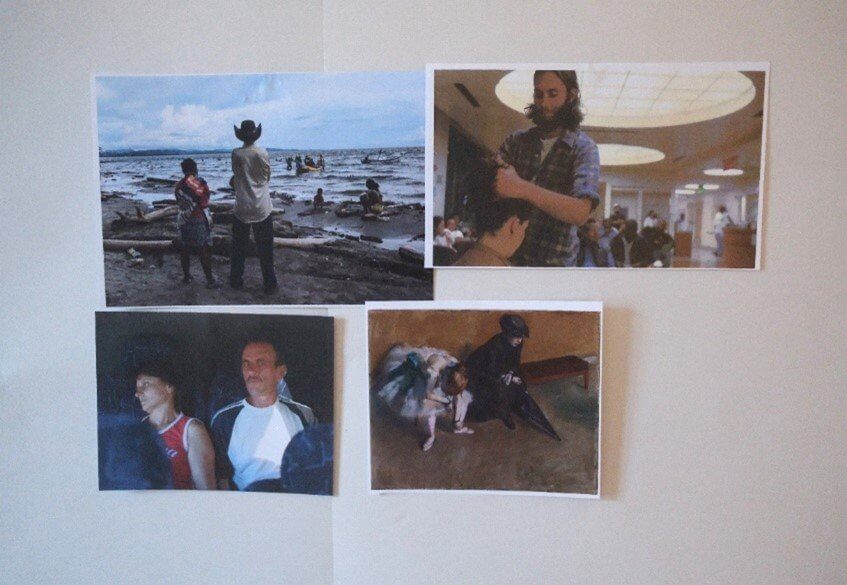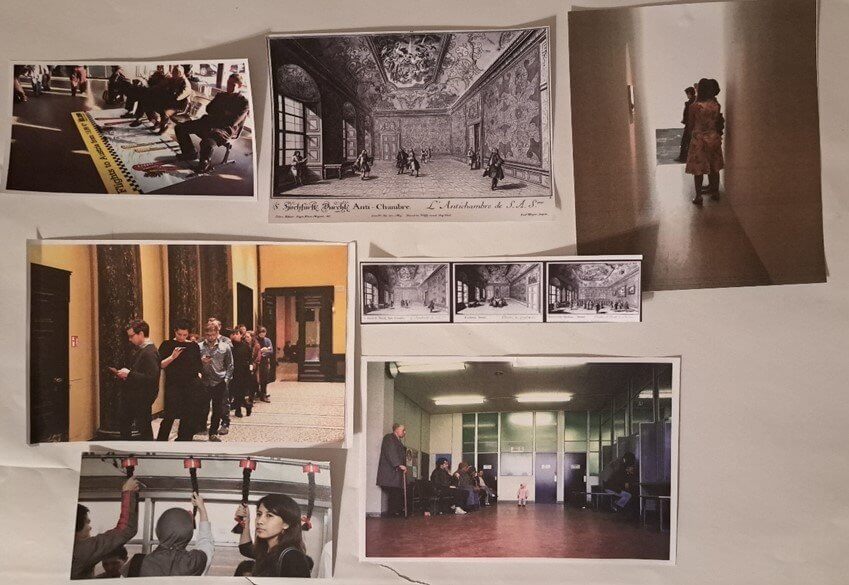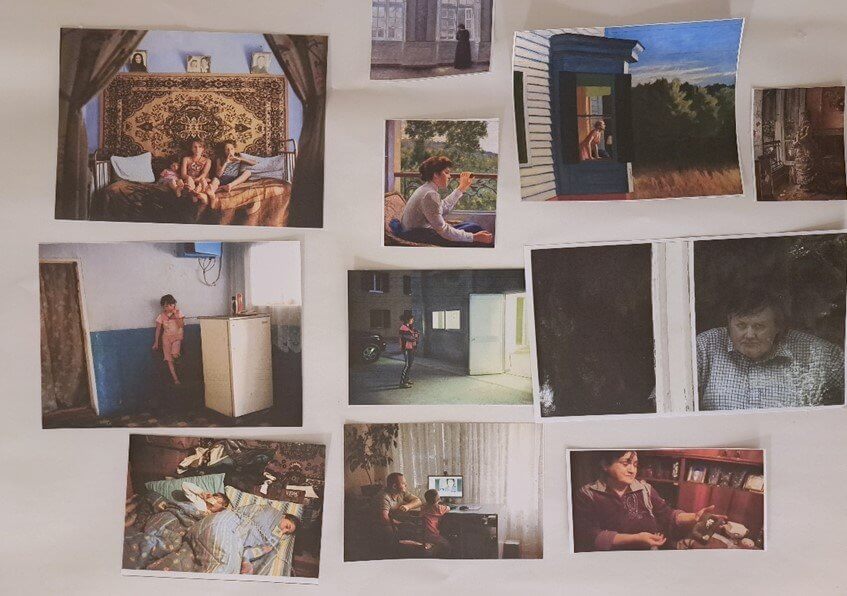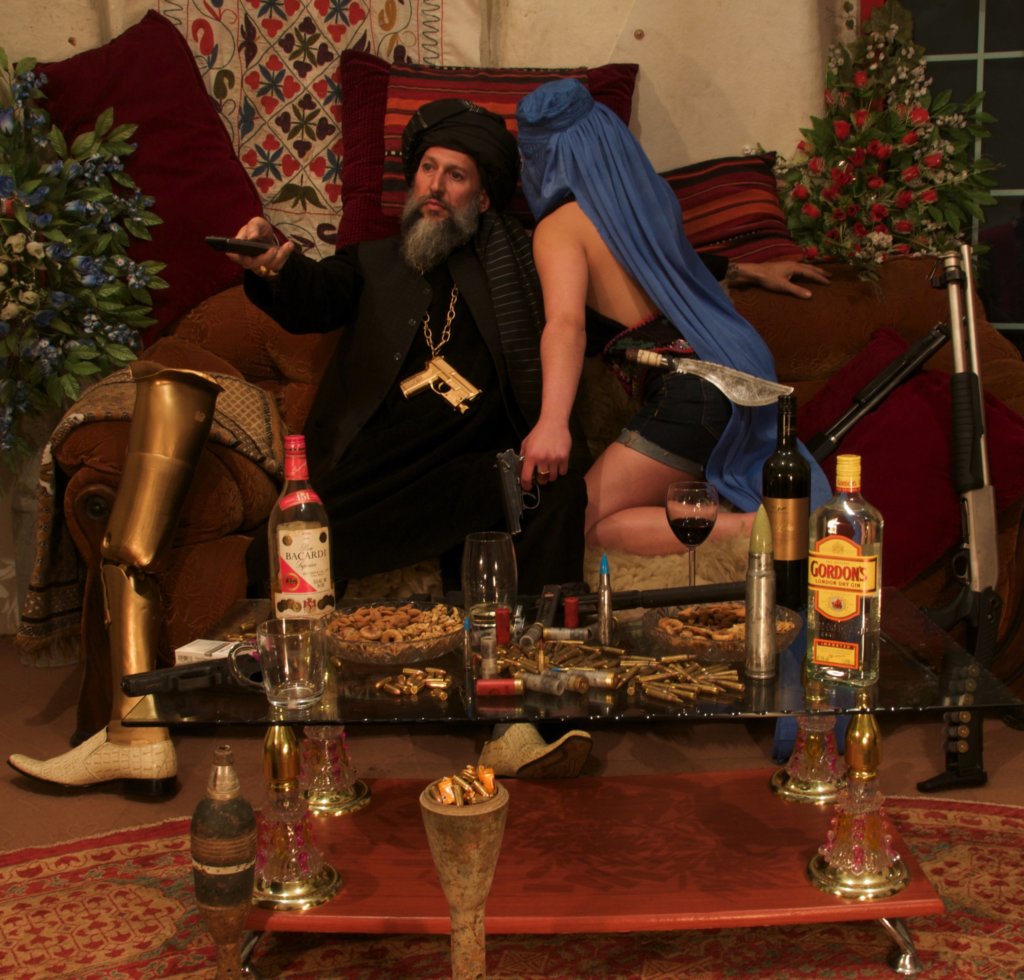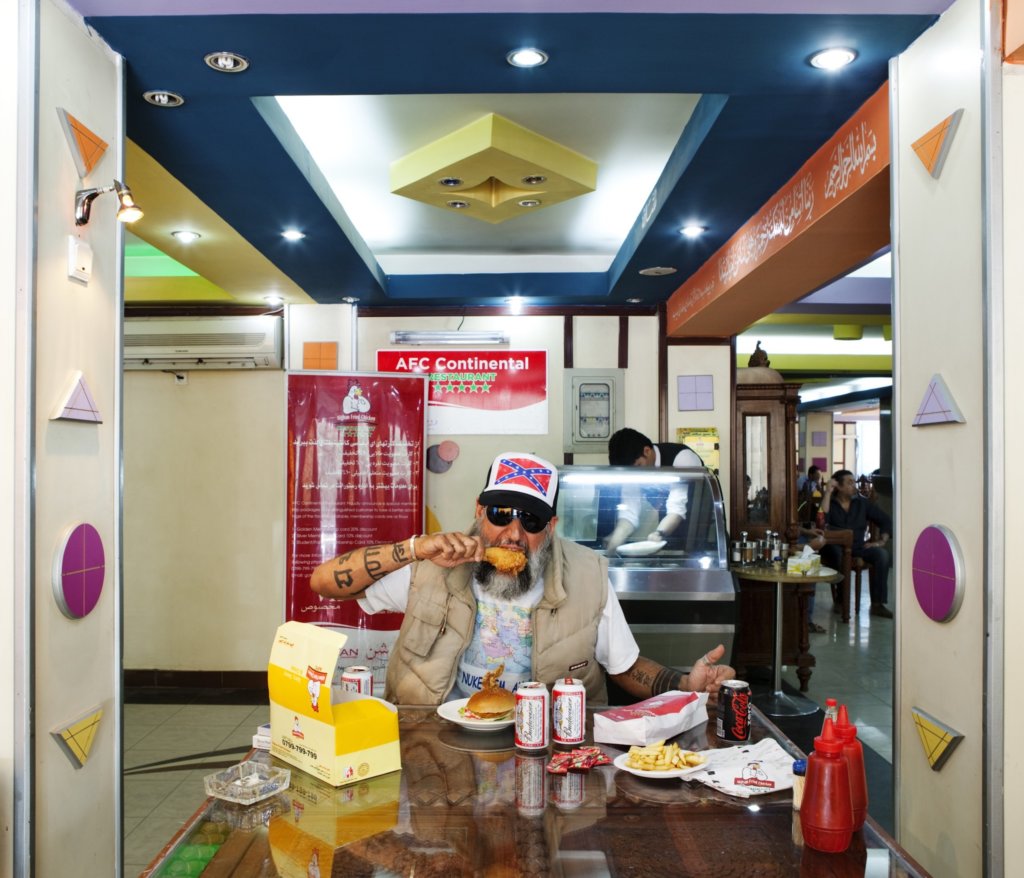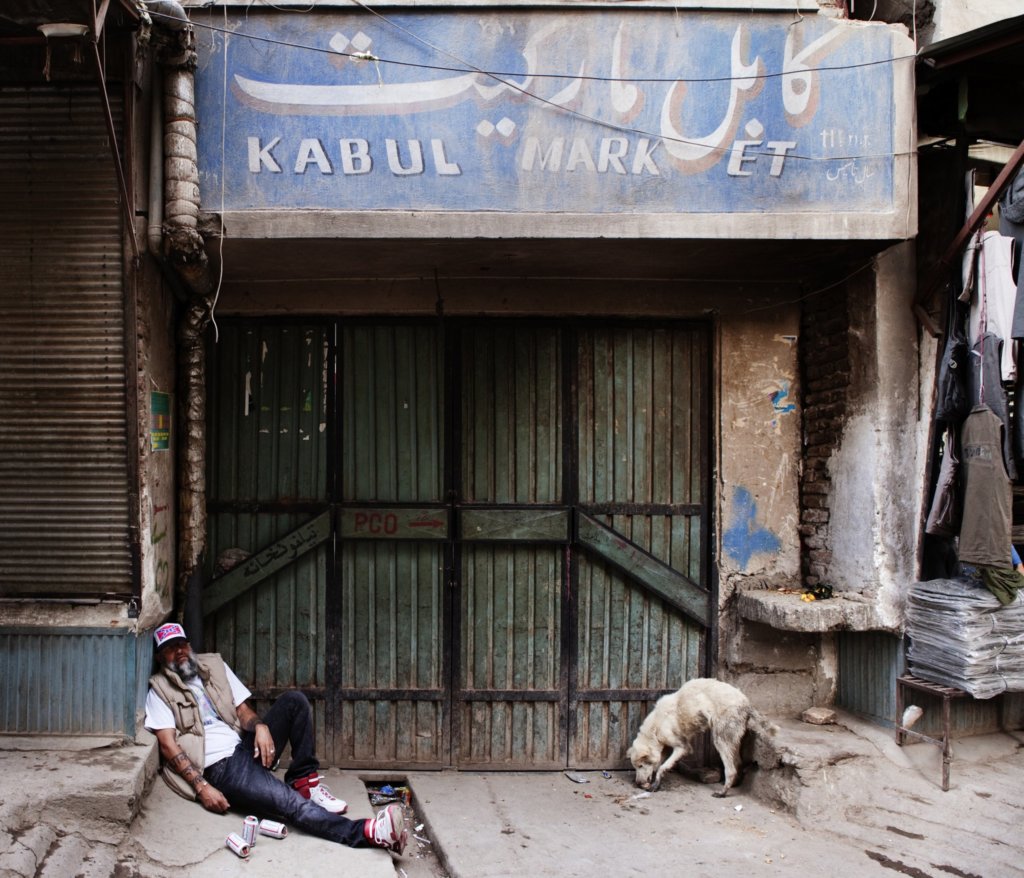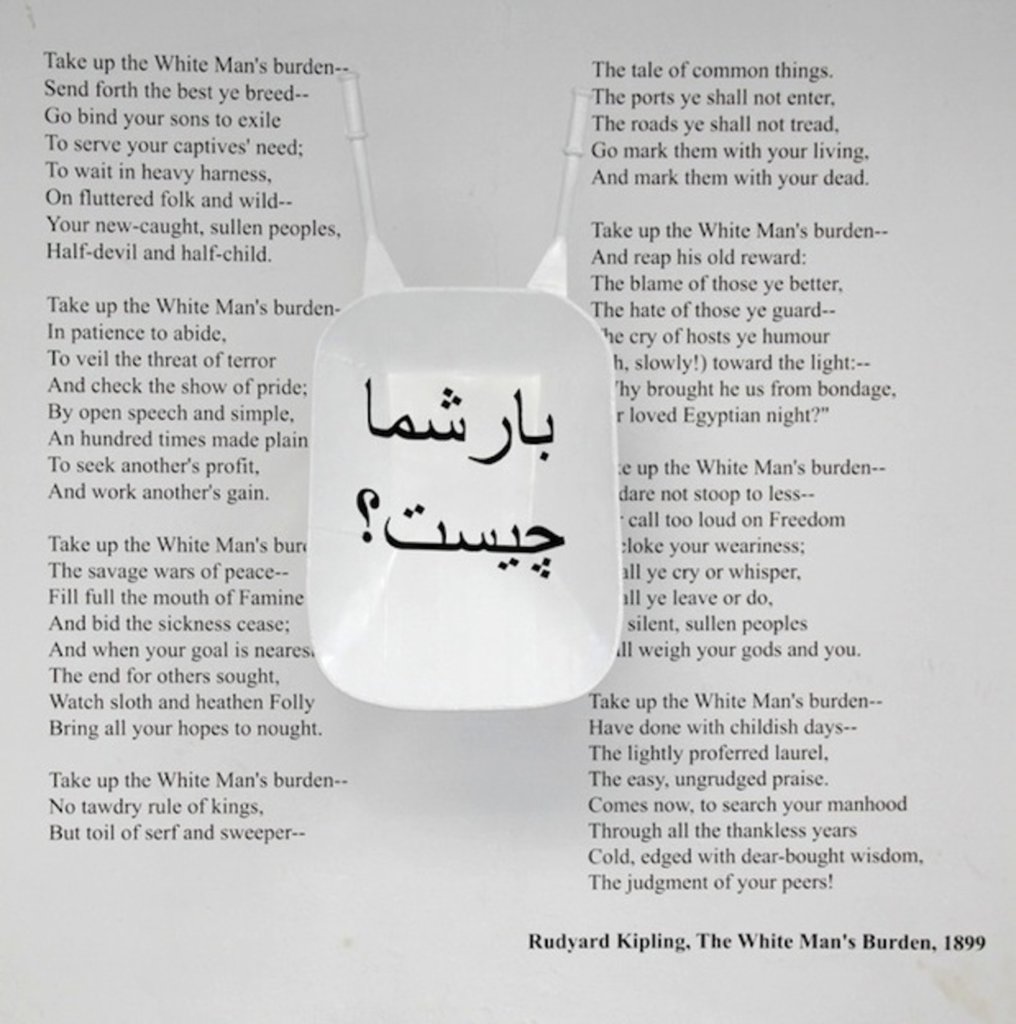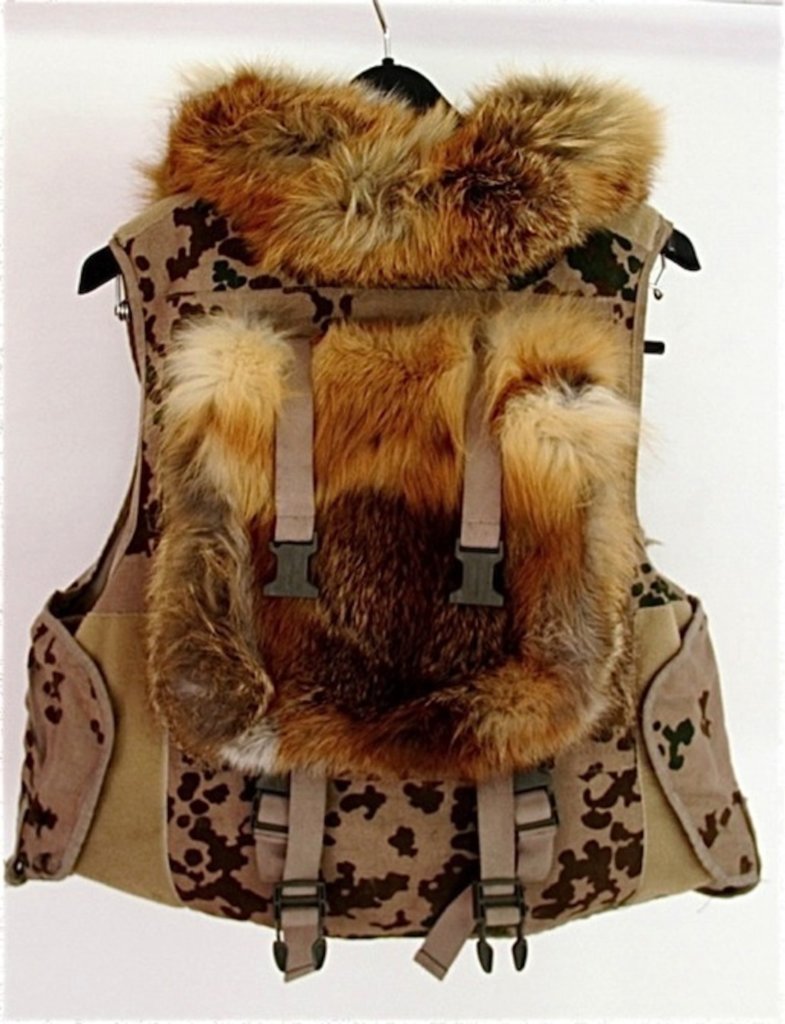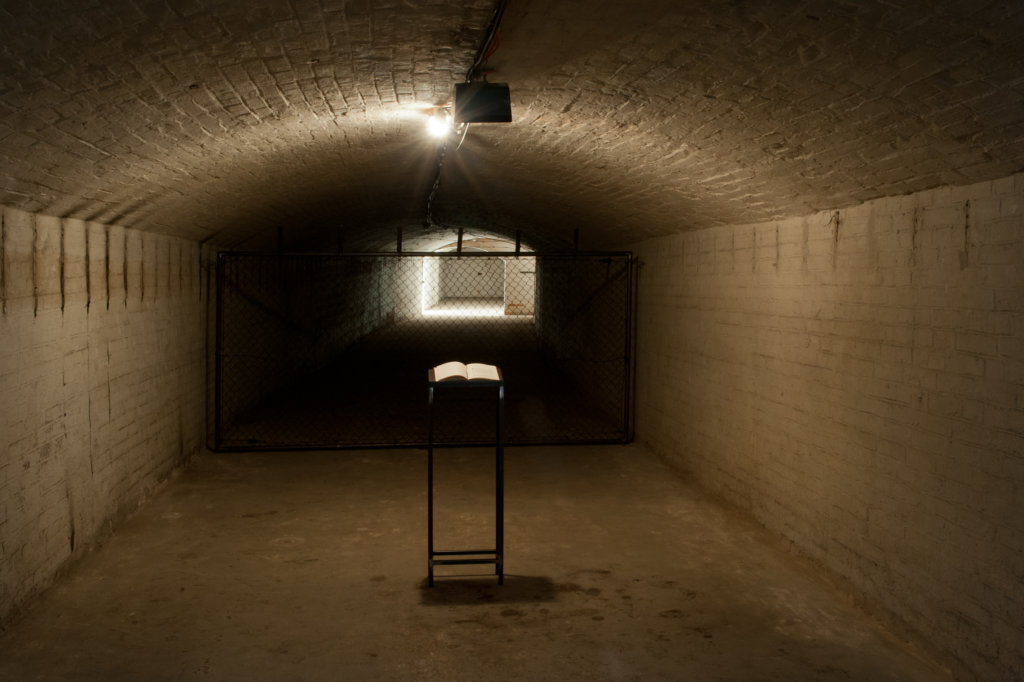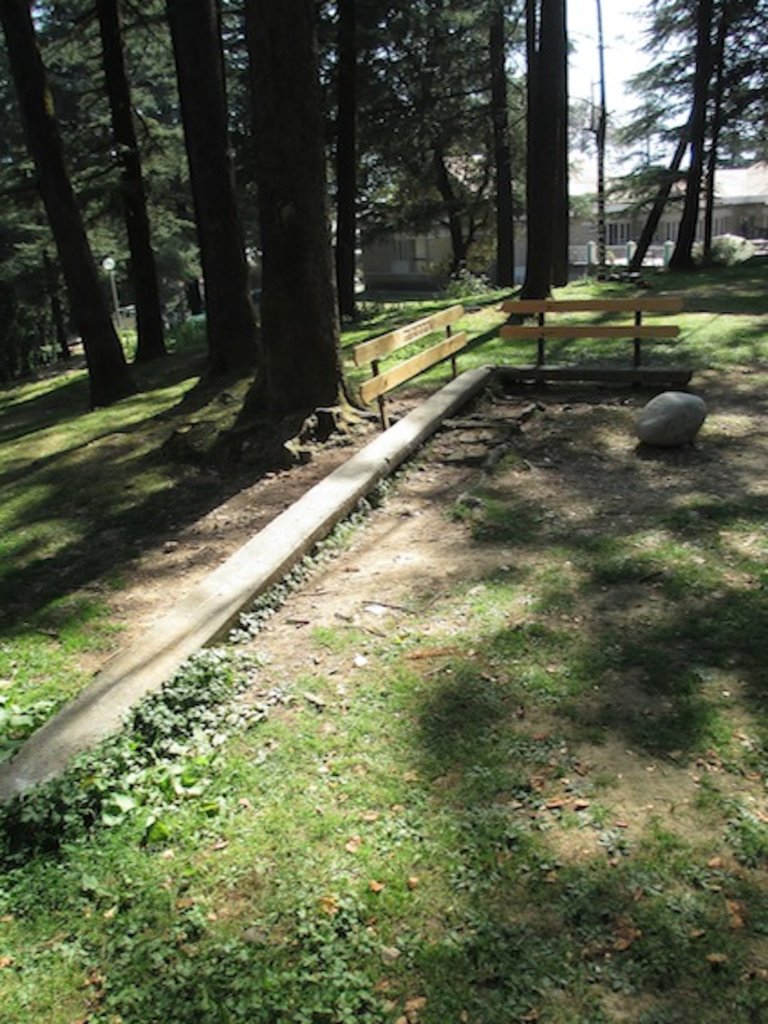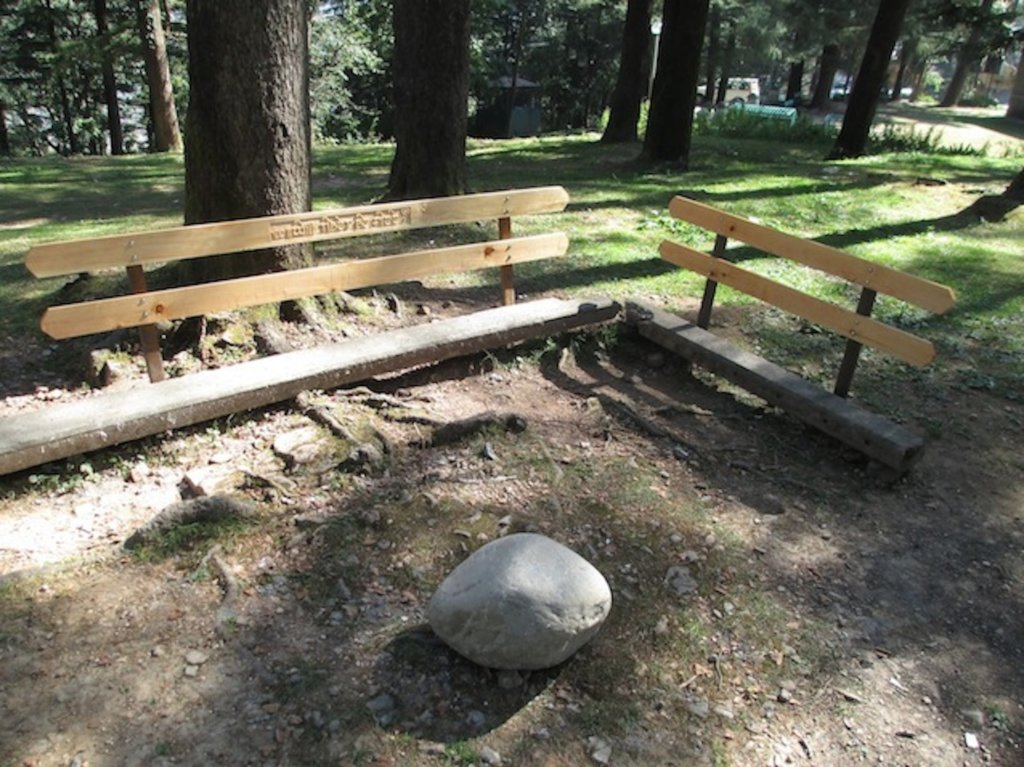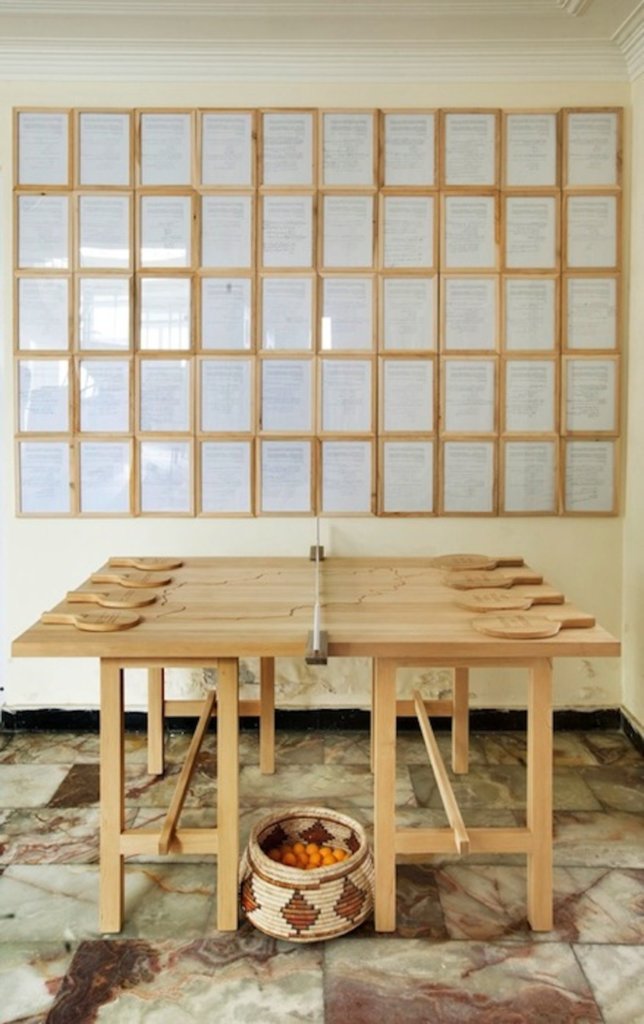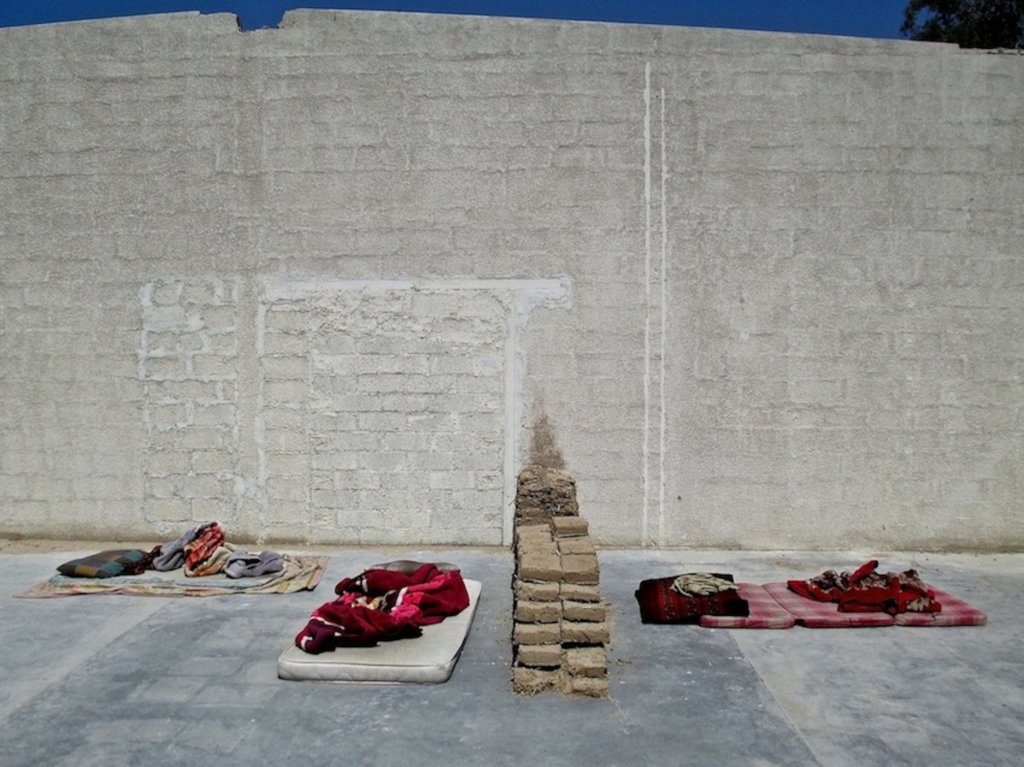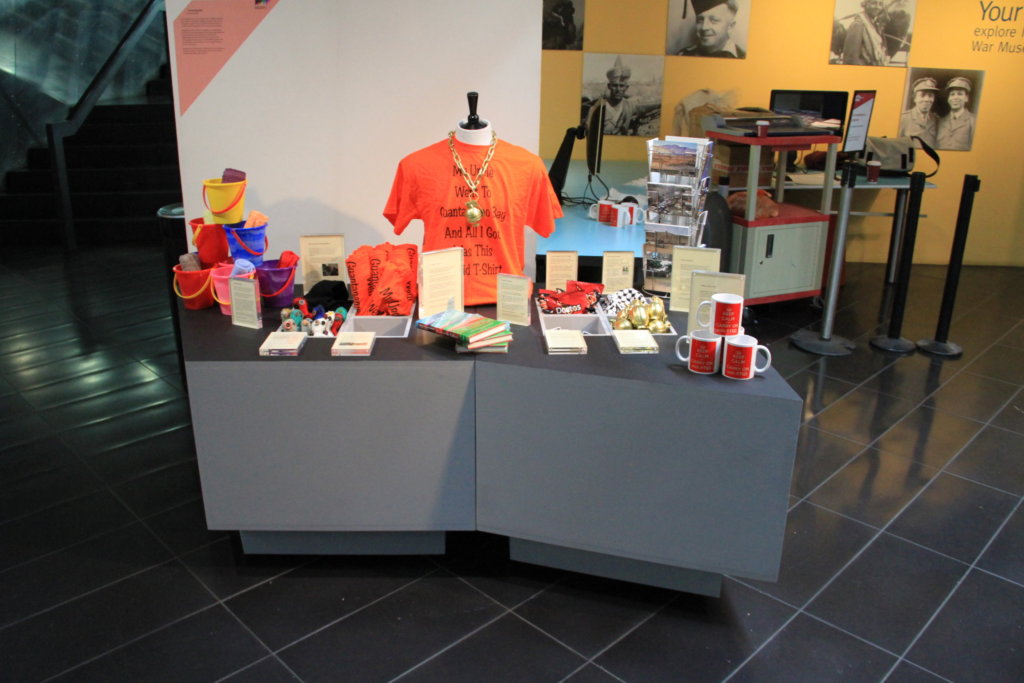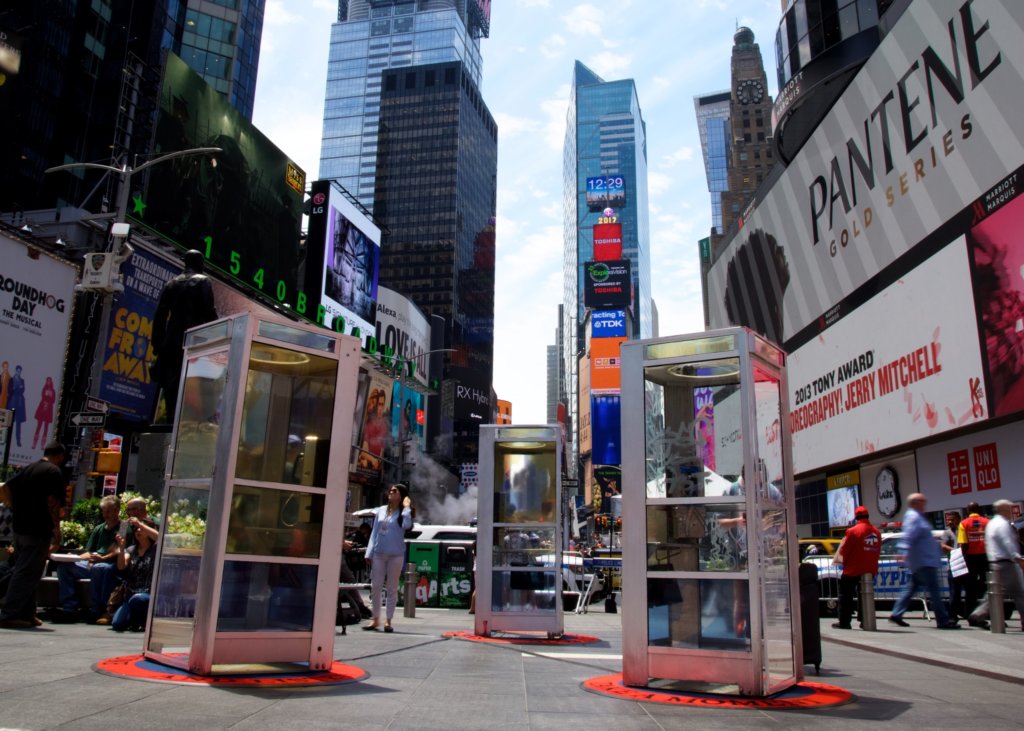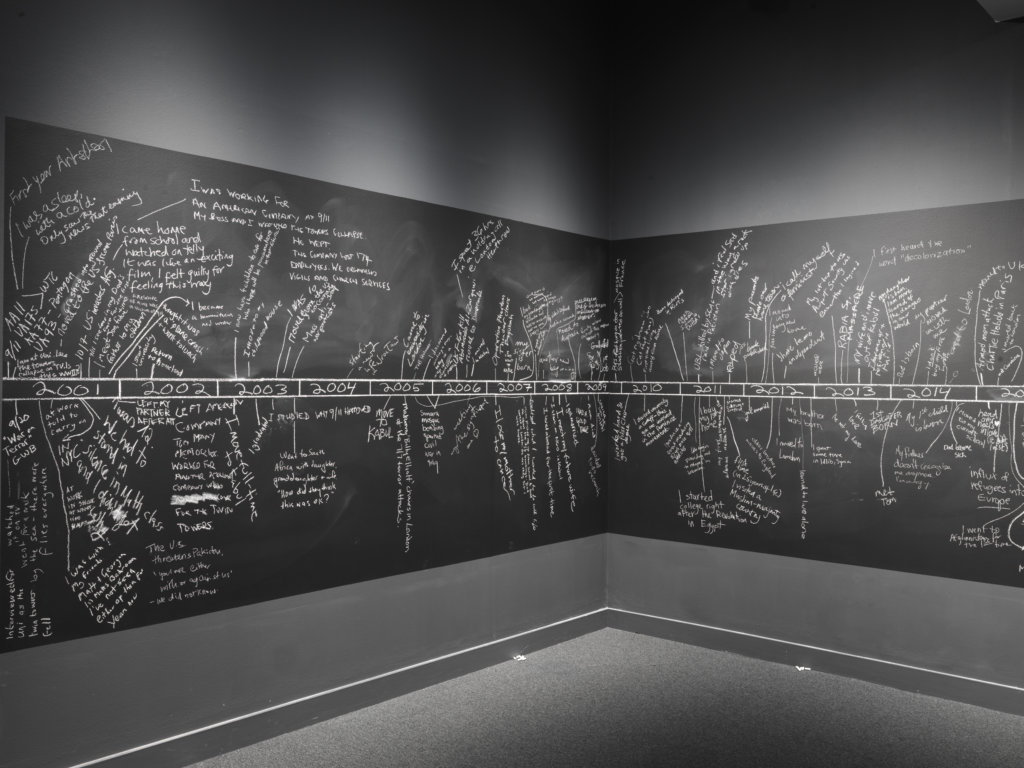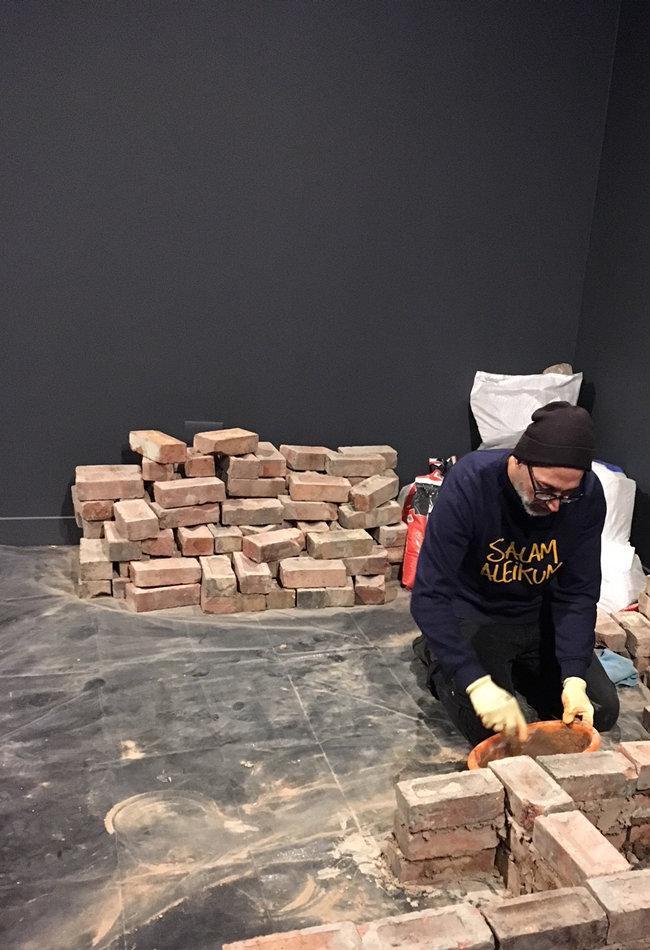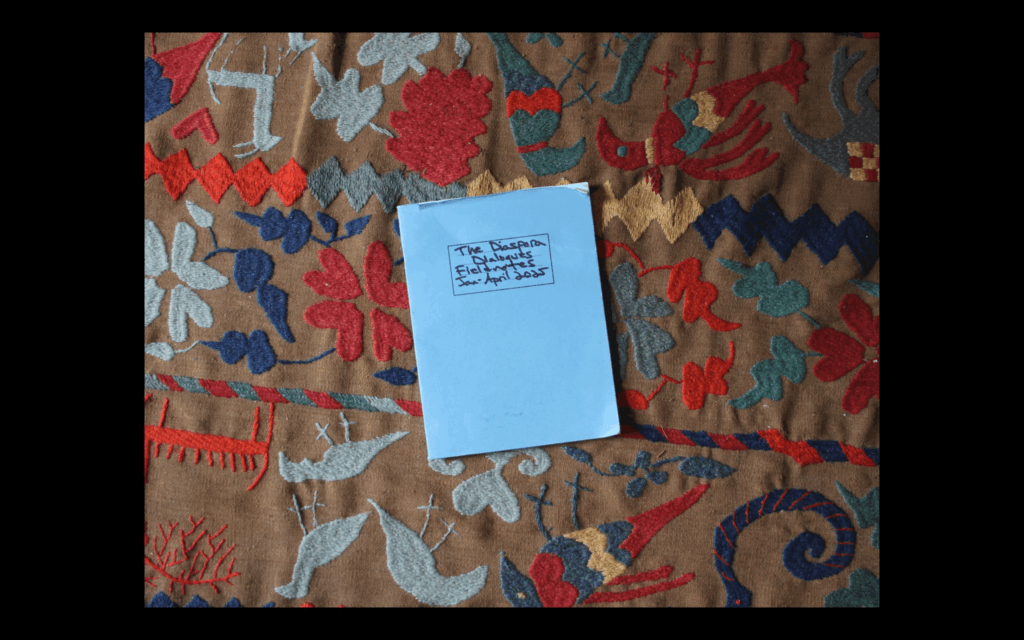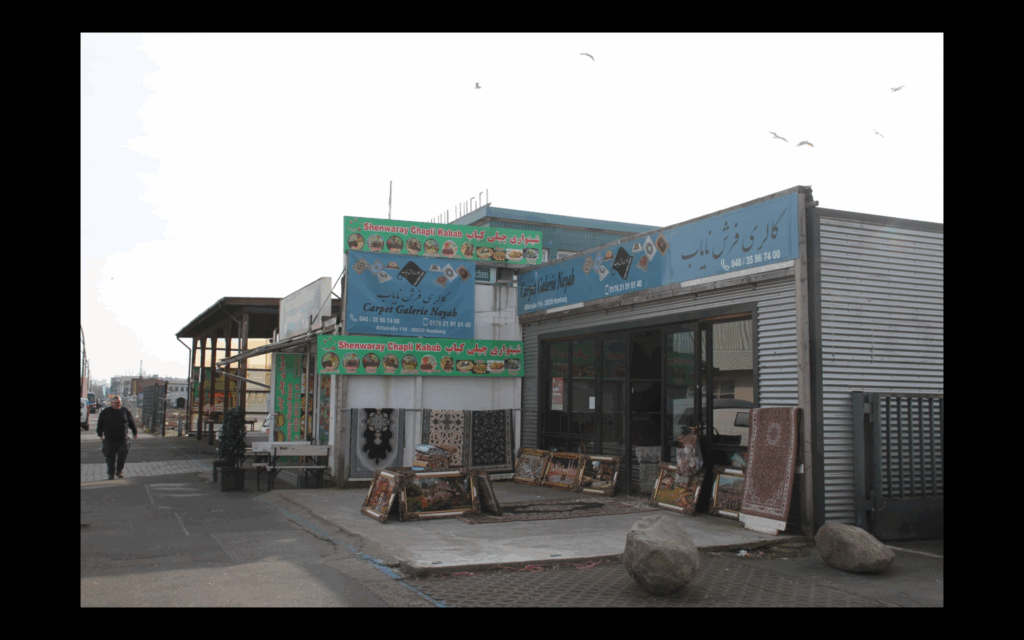L’art de comprendre : quand la recherche dialogue avec la création
https://doi.org/10.71609/iheid-x0j9-pm39L’art et la science, le sensible et la raison, sont-ils comme l’eau et le feu, antinomiques ?
La relation entre art et science n’est ni simple ni évidente. Elle est complexe, parfois contre-intuitive, et doit être abordée avec beaucoup de soin. La recherche et l’art partagent certains fondements (une exigence, une rigueur, une quête de vérité) mais ils relèvent de registres profondément différents. L’un cherche à comprendre et à démontrer, tandis que l’autre éprouve et interprète. Pourtant, tous deux procèdent d’un même geste créateur : le scientifique produit du savoir et de la connaissance, l’artiste engendre une œuvre. Dans les sciences humaines et sociales notamment, cet acte de création prend une dimension particulière. Comme le soulignent certains chercheurs, il existe une véritable beauté propre aux sciences humaines, où la pensée elle-même devient forme et expression.
Au CERI, nous concevons cette articulation non comme une fusion, mais comme une tension féconde : un dialogue exigeant entre deux univers susceptibles de se questionner mutuellement. Depuis soixante-treize ans, la recherche sur l’international s’y est développée à travers des générations de chercheurs qui ont construit une méthode, un regard, un art de la comparaison et du décentrement. Cette tradition repose sur une exigence forte : prendre au sérieux tous les acteurs, leurs paroles, leurs expériences et leurs positions dans le monde.
Aujourd’hui, dans un contexte marqué par les guerres, les inégalités sociales et la crise climatique, la gravité des sujets que nous étudions impose une honnêteté intellectuelle accrue sur la position du chercheur. C’est à partir de cette exigence que nous explorons des formes de dialogue entre art et science, non pour en estomper les différences, mais pour en faire un lieu d’expérimentation. Dans un contexte marqué par les guerres, les inégalités sociales et la crise climatique, la gravité des sujets que nous étudions impose une honnêteté intellectuelle accrue sur la position du chercheur L’intégration des arts à la recherche doit avoir une véritable valeur heuristique et être conduite avec méthode, en chercheur, précisément.
L’art permet d’introduire le sensible, le subjectif et le personnel dans le champ de la connaissance, à condition de le faire avec rigueur. Les œuvres peuvent devenir des outils de travail, des sources d’information, des formes de données. Elles témoignent des sociétés, des imaginaires et des individus autant qu’elles les interrogent. Cette démarche ne constitue pas un simple prolongement esthétique de la recherche : elle ouvre de nouvelles voies d’accès et de perception du réel.
Elle est d’autant plus nécessaire que certains terrains de recherche ne sont plus accessibles, que certains sujets sont censurés ou que les enquêtes peuvent exposer les personnes interrogées à des risques. Dans ces situations, l’analyse des œuvres artistiques offre une voie alternative, éthique et souvent très révélatrice. L’art parle parfois là où la parole directe n’est plus possible, notamment dans des contextes autoritaires. Il dit l’indicible, rend audible l’inaudible, et exprime, sous des formes détournées, les tensions et les blessures du monde.
Tous les médiums n’ont pas la même capacité à rendre compte des réalités étudiées. Certains disent plus que d’autres, selon les contextes. Le roman a longtemps tenu cette place, jusqu’au prix Nobel de Mo Yan en 2012. Le cinéma chinois parvient toujours à proposer une lecture particulièrement fine de la société contemporaine. Le film Une brève histoire de famille (家庭简史) de Lin Jianjie, sorti en 2025, en offre une illustration remarquable : il donne à voir une Chine déjà postmoderne, à la fois singulière et universelle.
Dans d’autres espaces, c’est au contraire la littérature qui assume cette fonction. Ainsi, dans la société haïtienne, par exemple, l’œuvre de Louis-Philippe Dalembert tisse des liens subtils entre l’Europe, les Amériques et cette Caraïbe (« simple grain de sable sur la carte du monde ») souvent oubliée. Son écriture est à la fois mémoire et résistance. Elle oppose au discours surplombant du « grand Nord » une voix du Sud lucide et ancienne, qui rappelle que les défis auxquels font face aujourd’hui l’Europe ou les États-Unis (migrations, pauvreté, violence, instabilité politique) sont ceux que le Sud affronte depuis toujours.L’art dit l’indicible, rend audible l’inaudible, et exprime, sous des formes détournées, les tensions et les blessures du monde.
Enfin, il existe un lien profond entre liberté artistique et liberté académique. Ces deux libertés participent d’un même horizon : celui de la liberté d’expression. Observer la vitalité ou la fragilité de la création artistique, c’est souvent mesurer l’état général des libertés fondamentales. Pour le chercheur en relations internationales, cette observation constitue un point d’entrée essentiel pour comprendre les dynamiques politiques des sociétés contemporaines.
Qu’apporte à l’étude de ce champ très spécial qu’est l’étude de l’International, l’expérience consistant à croiser l’art avec la science ?
Au-delà de l’opposition apparente entre, d’un côté, la science et la raison, et de l’autre, le sensible et l’imaginaire, c’est bien l’interdisciplinarité qui confère toute sa fécondité à la démarche de recherche. La collaboration entre disciplines voisines est déjà source d’enrichissement, mais l’ouverture à des domaines plus éloignés produit un décentrement d’autant plus précieux. Elle oblige à repenser les catégories, à remettre en cause ses certitudes et à interroger ses méthodes. Il convient dès lors d’écarter toute hiérarchie entre les approches : chacune possède sa légitimité et son rôle propre dans la compréhension du monde. Aucune méthode, aucun regard n’est supérieur à un autre ; c’est leur confrontation, leur mise en dialogue et leur entrelacement qui permettent le véritable progrès de la connaissance.
Cette importance du décentrement révèle une autre proximité entre art et science : le geste réflexif. Le chercheur, tout comme l’artiste, interroge sans cesse sa propre pratique. Tous deux partagent une posture d’étonnement, de doute et d’exploration. Au CERI, cet art de la comparaison (véritable marque de fabrique du laboratoire) repose précisément sur cette curiosité méthodique et sur la reconnaissance de la pluralité des points de vue. Le décentrement est à la fois un pas de côté et un pas vers l’autre : il engage à quitter momentanément son propre cadre pour accueillir celui de l’artiste, du chercheur ou de l’acteur observé. L’étonnement réciproque du chercheur et de l’artiste crée ainsi un espace d’expérimentation unique, où la naïveté mutuelle devient une force et où chacun découvre, dans le champ de l’autre, des manières inédites de penser et de représenter le réel.
Comment une institution de recherche comme le CERI peut-elle encourager concrètement un rapprochement des arts avec la pensée savante? À quel type de résultats peut-on arriver? Et de quoi dépend la réussite de telles initiatives?
Pour un centre de recherche comme le CERI, encourager concrètement le rapprochement entre création artistique et pensée savante revient à soutenir toutes les initiatives qui ouvrent des voies nouvelles et permettent des innovations de rupture. La question essentielle devient alors celle de l’évaluation : que faire d’une telle collaboration ? Il ne faut pas en attendre nécessairement un résultat ni un produit fini immédiat. Ce qui compte avant tout, c’est la démarche elle-même, ce temps de l’expérimentation, de la cocréation et de l’invention, qui engendre de nouvelles hypothèses, de nouvelles données. Ces pratiques s’inscrivent pleinement dans le cadre de la recherche fondamentale, car elles renouvellent nos manières de voir, de comprendre et de transmettre.
Elles supposent la mise à disposition d’un espace-temps intellectuel où l’expérience peut se déployer librement. Elles traduisent aussi un désir d’ouverture : celui d’aller à la rencontre d’autres publics que ceux déjà familiers de nos travaux. Dans un moment où la recherche scientifique fait l’objet de remises en cause et d’attaques récurrentes, la médiation par les arts constitue un outil puissant. L’art devient un médium, une passerelle vers la société civile, un moyen d’élargir le cercle de la recherche et d’y associer de nouveaux regards. C’est dans cet esprit qu’a été créé notre ciné-club, en partenariat avec le cinéma indépendant L’Entrepôt, à Paris.
Nous développons également de nombreux liens avec les institutions muséales, car sortir la recherche universitaire de l’université ne signifie pas la banaliser dans des espaces peu propices à la nuance ou à la réflexion. Les musées offrent, au contraire, des lieux privilégiés pour penser, apprendre et transmettre autrement. C’est pourquoi nous ouvrons nos portes à des chercheurs en « résidence » entre un centre de recherche, et un musée. C’est ce qui nous lie en ce moment au musée Picasso à Paris, dans le cadre d’une recherche menée par une historienne de l’art, sur la réception de Picasso en Amérique latine. C’est pourquoi par ailleurs notre rentrée solennelle se déroule traditionnellement dans ces institutions. Pour ses soixante-douze et soixante-treize ans, le CERI a ainsi célébré, au musée Guimet puis à l’Institut du monde arabe, l’ouverture de ses années académiques, aux côtés de ses chercheurs, amis et partenaires. Ces moments, à la fois beaux et festifs, donnent l’élan nécessaire pour affronter une tâche dantesque : comprendre, avec humilité, inventivité et rigueur, les fractures du monde. Nous y honorons chaque année la jeune génération de doctorants, les nouveaux collègues et les invités venus du monde entier. L’étonnement réciproque du chercheur et de l’artiste crée ainsi un espace d’expérimentation unique. Nous avançons toujours en montant sur les épaules des géants qui nous ont précédés. Une conférence inaugurale ouvre le dialogue intellectuel, suivie d’une visite d’exposition partagée : les Tang l’an dernier, l’exposition vitrine Cléopâtre cette année, à l’Institut du monde arabe. Ces rentrées hors les murs rappellent que la recherche, lorsqu’elle s’ouvre à d’autres espaces et à d’autres récits, retrouve sa vocation première : interroger les frontières, croiser les héritages, relier des mondes que tout semble séparer. En choisissant de dialoguer avec les arts, les musées et les cultures extra-européennes, le CERI affirme que la connaissance n’est pas une tour d’ivoire, mais un lieu vivant de circulation et d’échange. C’est dans cette mise en mouvement, dans cette curiosité partagée, que se forge une compréhension plus juste du monde contemporain. La rencontre entre art et science n’est pas un simple ornement : elle est une nécessité intellectuelle et civique, une manière d’habiter autrement la complexité du réel.
Dans le prolongement de ces initiatives, la création de l’Axe transversal « Arts, humanités et recherche sur l’international » et du séminaire qui l’accompagne marque une nouvelle étape. Cet espace de réflexion vise à approfondir les liens entre pratiques artistiques et recherche en sciences sociales, en explorant les manières dont l’art éclaire les relations internationales et en retour, comment ces dernières nourrissent la création.
Electronic reference
Balme, Stéphanie. “L’art de comprendre : quand la recherche dialogue avec la création.” Global Challenges, Special Issue no. 3, October 2025. URL: https://globalchallenges.ch/issue/special_3/lart-de-comprendre-quand-la-recherche-dialogue-avec-la-creation. DOI: https://doi.org/10.71609/iheid-x0j9-pm39.This bilingual special issue of Global Challenges has been jointly produced by the Geneva Graduate Institute’s Research Office and the Centre for International Studies (CERI – Sciences Po – CNRS). Coordination was provided by Miriam Périer for CERI and Marc Galvin for the Geneva Graduate Institute.
VIDEO: Alexandra Grimal (2020)
Domaine de Chambord
An inauspicious day from the get-go
My poetry has always been influenced by other artistic media, including contemporary dance, music, and audiovisuals. ‘An inauspicious day from the get-go’ is a poem with direct roots in cinema. It is affected by the simple, striking, abrupt, and contradictory visual elements in the films of two avant-garde Palestinian directors: Hany Abu-Assad’s Rana’s Wedding and Elia Suleiman’s Divine Intervention and The Time that Remains. Similar to these films, the poem explores the indifferent, banal, and haphazard genocidal violence inflicted by, and inherent in, settler colonialism; so that regular, daily acts of the colonized, like talking on a phone, or looking out a window, become extremely dangerous actions.
Through the ‘colonial encounter,’ such simple acts transform into areas within which the colonized struggle to maintain their continuity, existence, and life, as contrasted with the colonizer’s core endeavor[s] of disruption, annihilation, death. This poem touches on these contrasts of ordinary, day-to-day living, examining how colonialism obliterates them to a point of no return.
An inauspicious day from the get-go
Some damn thing made her mom start talking to her about her fiancé yet again. “He’s just not cast from the same clay we are,” she said, “and I don’t think he’s really got it in him to make it a home.”
And as always happens at such times, the young woman shouted and swore, then she hurtled—like a metal water tank hoisted half-way up towards the roof slipping its trusses to crash back down—out of the house.
In the moment between her opening the front door and slamming it behind her, a tank passed; the sound of its tracks the crushing of little children’s bones, the smell of its exhaust charred corpses.
As she crossed over to the opposite sidewalk a sniper behind her shot a young man at the end of the street, of whom nothing had appeared in the machine gun’s sights except the hair on the back of his head.
Before she raised her hand to her friend’s doorbell a bulldozer had extended its metal claw towards the walls of the next-door building, so that it crumbled into pieces on the ground.
Under the rubble a doll with disheveled hair and dusty clothes was playing some music out of her belly, next to her a notebook in which the boy had drawn what he imagined of a bulldozer destroying a house that he imagined as his own.
The boy sits silent while the woman at his side (his mother) hits herself on the head, his father having preceded him to prison. The boy will grow up one day and will love a girl who has grown up also, and then he will be betrothed to her.
The boy who got engaged to the girl—after they grew up, and he got out of prison—had been saying goodbye to her at the end of the street, and stayed there watching her walk away until she entered her house. Then he slowly walked along the street from one end to the other, passing in front of the sniper, who eventually took the decision to put a bullet in the back of the boy’s head, after the tank had gone down the street, and he’d heard the sound of a door slamming and a girl had dashed by from one sidewalk to the other, all of which he took to be evil omens, and were.
Copyright © 2025 by Hisham Bustani. Originally published in A Poem-a-Day on January 27, 2025, by the Academy of American Poets.
Translated from the Arabic by Alice Guthrie.
VIDEO: Medical placement in the Solomon Islands
Bond University
Presentation of Destiny/Destination and reading of selected poems by Darius Kethari
Geneva Graduate Institute
VIDEO The Monkey in the abstract garden, Alexandra Grimal
Montage 1: Waiting with, differentiated temporalities in shared waiting
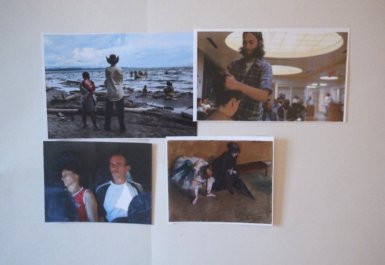
It is unsurprising that waiting has a collective aspect, fostering interaction and potential solidarity. Yet, juxtaposing images like this film still from Peter Nicks’ The Waiting Room (a woman awaiting a consultation alongside her partner) and Edgar Degas’ painting L’Attente (a young dancer accompanied by a possible chaperone) raises questions about differentiated temporalities in shared waiting. How does the presence of accompanying individuals who share the waiting experience, even though they are not directly waiting for anything, alter the dynamic of waiting?
Nora Doukkali Elamajidi
Artistic collaborations with Carlo Vidoni (Destiny/Destination) and Loris Agosto (Homo Itinerans)
It was almost by chance that I began collaborating with two artists I knew from before. I first worked with Carlo Vidoni to design an exhibition entitled Destiny/Destination, which resulted in a polyphonic book bringing together interviews with migrants and poetic evocations, drawings and photographs (Monsutti & Vidoni 2023). The words we collected uncovered the vacuity of certain predefined categories: for example, the labels “economic migrants,” “asylum seekers” and “refugees” flatten a much more complex and diverse landscape. Our interlocutors spoke of their migration trajectory in terms of a tension between attachment to the places where they grew up and curiosity about the world that exists beyond the walls of their homes. These polymorphous conversations were translated into an open language that crossed the boundaries between social anthropology and visual art, between creators and the public, to reach people who could relate to the migration narratives and enrich them with their own experience. The lines on the palm of the hand were our visual and discursive starting point. They tell stories, they convey a message of singularity and, at the same time, of shared humanity, of idiosyncrasy and universality.
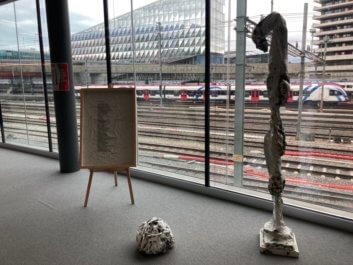 I Am From Where I Am Going, Geneva, March 2024 (A. Monsutti).
I Am From Where I Am Going, Geneva, March 2024 (A. Monsutti).Another artist, Loris Agosto, was struck by a sentence that an old man told me during my fieldwork in the mountains of central Afghanistan. I used this sentence to open the book Homo Itinerans (Monsutti 2020): “I come from where I am going!” An apparently paradoxical sentence, it is more than just a formula, it is an invitation to change our perspective and take a fresh look at human mobility. Here, social sciences inspired art through the production of sculptures in which human faces can be distinguished, without it being clear whether they are being born or being swallowed up by mud. The work was complemented by figurative texts I wrote to evoke migrants’ conditions of living and itinerancy as a way of being in the world (see more).
Alessandro Monsutti
The Garden of the (In)visible
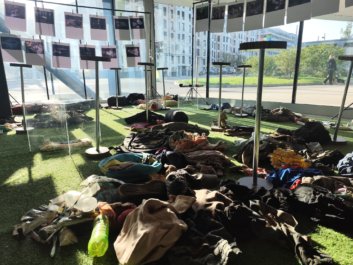 The Garden of the (In)visible, Geneva, November 2024. © Alessandro Monsutti
The Garden of the (In)visible, Geneva, November 2024. © Alessandro MonsuttiIn line with Danto’s and Latour’s invitation to see art as a way of being and acting in the world, the installation The Garden of the (In)visible, co-created with my colleagues Roberta Altin, Giuseppe Grimaldi and Katja Hrobat Virloget, staged artefacts collected along the so-called Balkan Route, at the borders between Croatia, Slovenia and Italy. Here, objects are clearly social agents: they render visible people who were largely invisibilised. The installation was presented in public spaces and even on the streets, drawing attention to a socially sensitive situation, intentionally inviting polemic among people who might disagree in a way that participants in an academic conference would not. The process was participatory at each of its various stages: First, collecting the artefacts involved local authorities and activists, students and professors from the various universities of the region. Then, the installation was accompanied by events that brought together migrants who had taken the Balkan Route, people living near the various borders, and all those who joined the collect.
In this project, the differences between social sciences and art, but also between investigator and investigated, between curator and visitor, fade. It was not about communicating the work of social scientists to a broader audience but rather creating – beyond the narrow circle of university professors and students – a new epistemic and political community. We were modestly following Latour’s footsteps, making public debate more accessible and challenging taken-for-granted assumptions, but, more importantly, we hoped above all to open up new possibilities for action and coexistence.
Alessandro Monsutti
Hannah Entwisle Chapuisat’s current research explores how art…
My current research explores how art’s critical capacity to engage affect, the senses, and the imaginary might influence international norm evolution in intergovernmental venues, drawing on constructivist scholars Martha Finnemore and Kathryn Sikkink’s 1998 norm “life cycle” model that recognizes the role of “[a]ffect, empathy, and principled or moral beliefs” in international norm dynamics. I have found that when art is integrated within collective efforts to develop norms, it can increase global policymakers’ awareness and understanding, inspire ideational commitment, and generate creative thinking, which can all influence norm evolution processes. For example, in the context of a programme such as the UN80 Initiative – an initiative launched in March 2025 to make the United Nations more effective – art-based projects may stimulate more expansive and innovative reflection about the future of multilateralism. Rather than restricting the debate to what is financially and politically viable, art has the capacity to propose or test radical solutions that may embolden global policymakers to think bigger and perhaps arrive at more innovative visions.
Screening of Mati Diop’s 2024 film Dahomey at the CDHM (February 2025)
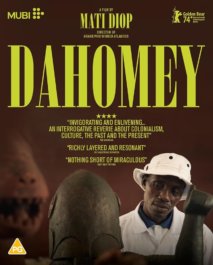
In February 2025, the CDHM hosted a screening of Mati Diop’s 2024 film Dahomey, a documentary following 26 objects from the former Kingdom of Dahomey as they leave Paris and are returned to present-day Benin. The screening was followed by a panel discussion on the “Diplomacy of Restitution: Issues of Knowledge and Powers”. Participants included leading academics, diplomats, curators and writers active in both Benin and Europe. Co-chaired by Doreen Mende, Director of Research of the State Art Collections in Dresden and Prof. Mallard, the discussion explored issues around how stolen art treasures can be received in a country which has reinvented itself in their absence. The panel covered themes ranging from the making of the film and panellists’ personal experiences of restituting archives to methods of postcolonial digitisation and digital archiving. Leading up to the event was a seminar for students at HEAD – Genève on collaborative projects on provenance research between African and Western researchers. A special session, “Within me resonates infinity”, based on the film, was held at the Museum of Ethnography Geneva (MEG) for students of HEAD – Genève and IHEID. Through the organization such multi-facetted events with a diversity of actors from different backgrounds, the CDHM hopes to break disciplinary and institutional boundaries, placing the Institute at the forefront of pedagogy on multilateralism.
Grégoire Mallard
“Image wars”, a forthcoming project by Nataliya Tchermalykh
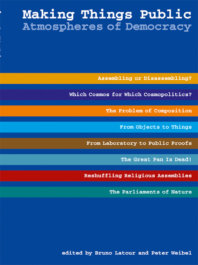
The first exhibition organized by Bruno Latour and Peter Weibel in 2002, Iconoclash, examined the: the various attempts to destroy, prohibit or indeed protect religious as well as scientific and artistic images of God, nature and man. This theme of image wars will be further developed by Nataliya Tchermalykh, a CDHM affiliate researcher in a forthcoming project. The second exhibition produced by Latour and Weibel, Making Things Public, addressed what the organisers called the “atmospheres of democracy”, pairing an impressive range of philosophers, historians and sociologists, from Europe and the United States, with visual artists. Their task: to explore the variety of media via which citizens in modern democracies voice their political claims.
Gregoire Mallard
PODCAST: Makenzy Orcel. Le sensible, la raison et la compréhension du monde
Research Office – Geneva Graduate Institute
VIDEO Member State, UN and public engagement with artwork during negotiations
Youtube / VonWong
More on my ethnography of the Tubas Cluster Plan, by Dorota Kozaczuk
My ethnographic study of the Tubas Cluster Plan dates back to 2016, when the Palestinian consultancy CEP (Center for Engineering and Planning) began developing a regional master plan for the Tubas Governorate in the northern Jordan Valley. The project covered 118,297 square kilometres, including lands within the 1940 village boundaries of Tayasir and Bardala, as well as northern sections of Area C within Tubas city limits. Nine Palestinian communities were included in the planning framework: Al Malih, Ein al Hilwa, ‘Aqqaba, Tayasir, Khirbet Tell el Himma, Ibziq, Kardala, ‘Ein el Beida, and Bardala.
At the outset, the CEP team compiled available GIS maps, updated aerial photographs, and gathered archival data from Palestinian ministries and municipal authorities. They collaborated with a Belgian NGO and UN-Habitat as part of the project “Fostering Tenure Security and Resilience of Palestinian Communities through Spatial-Economic Planning Interventions in Area C (2017–2020).” Consultations were held with village mayors and governorate representatives, following participatory planning protocols developed by GIZ and the Palestinian Ministry of Local Government.
By 2019, during my participant observation in CEP’s Ramallah offices, four planning options had been prepared. I was shown the preferred version and invited to meetings where it was presented to stakeholders.
Aesthetic Vision and Political Friction
The Tubas Cluster Plan was visually compelling. On a printed A1 sheet, the region was divided into three zones: a deep green western section for agriculture, a faint brown central zone for mountainous terrain, and a dull green eastern area for pastoral land. Seven small zones, marked in vivid orange and bordered in blue, represented planned communities in the north, west, and east. CEP staff noted that the Israeli Civil Administration had approved plans for Tayasir, ‘Ein el Beida, and Bardala, while previously rejected plans for Al ‘Aqaba, Al Malih, Al Farisyia, and Karbala had been redesigned.
The plan proposed a road encircling the mountain range, connecting the seven communities, and included upgrades to existing roads in the west and south. Notably, it omitted Israeli settlements, the separation wall, and the military designation of much of the area. In this orthographic vision, the region functioned holistically for Palestinian life, with orchards and livestock populating the mountains and tourist routes inviting exploration. The Tubas Cluster Plan was both a misrecognition of occupation and an assertion of Palestinian reality—true to its survey methods, logically deterministic, and far from naïve.
Between Aspiration and Constraint
Shortly after my study, CEP submitted a report with four proposals to UN-Habitat, the Ministry of Local Government, and the Tubas Regional Committee. I attended the unveiling at the Palestinian Ministry of the Wall and Settlements. The meeting aimed to align institutional goals, but quickly revealed tensions. Ministers and engineers spoke of life near the Occupation Wall and recounted stories of displacement. One minister criticized the plan as disconnected from lived realities and questioned its aesthetics. A planner, however, defended the right to imagine beyond oppressive facts, arguing that the Tubas visualisation offered a glimpse of what that could look like.
The meeting ended without consensus. Ministerial support for a plan covering large swaths of Area C carried serious political implications: it risked undermining the Oslo Accords and provoking backlash from Israel and the international community. The plan’s aesthetic of misrecognition also conflicted with the prestige of “surveyed oppression,” which underpins legal and humanitarian support for Area C. In reality, Tubas remained a zone of daily survival under Israeli fire.
Weeks later, the CEP team presented the plan to the nine communities. At the Tubas Municipal Offices, the idea of a prosperous region was met with quiet resignation. It was deemed unachievable and received little attention.
By the end of the following month, CEP submitted individual village plans to the Israeli Civil Administration, aiming to expand them beyond Area B. These plans conformed to the aesthetics mandated by the ICA—complete with its loathed colour scheme and the infamous blue polygon.
By autumn 2019, CEP confirmed that the Tubas Cluster Plan had not been approved.
Montage 2: Spatialization of hope and frustration in public waiting spaces
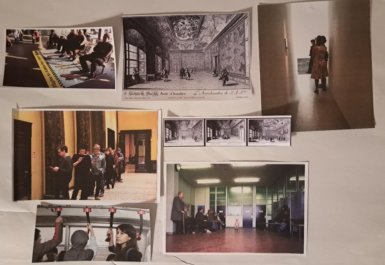
When positioned in proximity to one another, images of public waiting spaces prompt reflection on how their architecture contributes to the experience of waiting. Several scholars have explored waiting as a tool of power. In this context, montages can help foster a closer engagement with how the materiality of spaces and objects configures waiting, embeds power relations and makes waiting individuals aware of their position relative to spaces whose thresholds they have crossed
Montage 3: Domestic waiting, gender and digital mediations
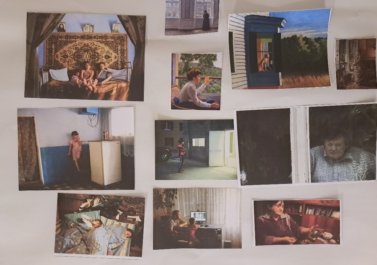
The third montage questions gendered narratives of waiting and domesticity. Some images depict women as passive figures, gazing through windows that symbolize thresholds between interiors as sites of non-events and external action. When these are arranged together with Andrea Diefenbach’s photos from the series Country Without Parents, showing Moldovan children waiting by phones or computers for news from their parents who work in Italy, they offer new avenues for reflection.
History of Palestinian Planning with maps and images
The Military Orders
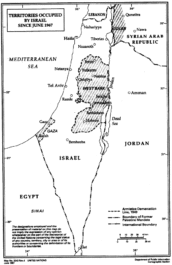 Map No. 3243 Rev 4, Territories Occupied by Israel Since June 1967, United Nations, June 1997
Map No. 3243 Rev 4, Territories Occupied by Israel Since June 1967, United Nations, June 1997
On 1 June 1967, the Israeli military issued its first Military Order, declaring the Gaza Strip and the West Bank as closed military areas. Military Order No. 2 imposed martial law on the West Bank and transferred all legislative, executive, and administrative powers of the Jordanian government to successive Israeli military commanders. Under strict adherence to the Fourth Hague Convention, existing laws could not be altered.
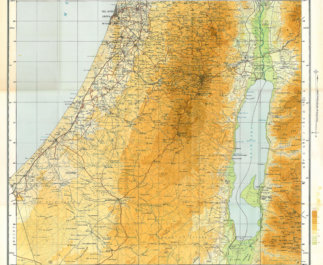 Survey of Palestine 1944, 1:250,000 Sheet 2 (partial crop).
Survey of Palestine 1944, 1:250,000 Sheet 2 (partial crop).Survey of Palestine 1944, 1:250,000 Sheet 2 (partial crop).[/caption]As the occupying power, Israel inherited maps, plans, land laws, and regulations from the Ottoman, Jordanian, Egyptian, and British Mandate periods, spanning over 150 years. Israel immediately began enforcing a stringent military regulatory regime that referenced—but never overruled—existing legal frameworks. Within the first decade of occupation, two parallel strategies emerged: the adoption of most existing laws through Military Orders (MOs), and the centralization of administrative authority under the Area Commander. Palestinians were swiftly stripped of legal and civil rights previously guaranteed under British and Jordanian administrations.
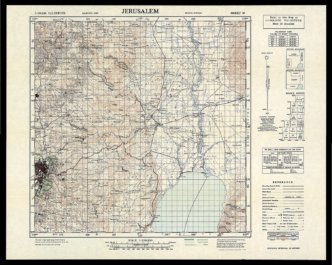 Survey of Palestine 1942–1958, 1:100,000 maps, Survey Department of Palestine Israel enacted Military Order No. 418, titled Order Concerning the [Jordanian] Law for Town, Village, and Building Planning (1966).
Survey of Palestine 1942–1958, 1:100,000 maps, Survey Department of Palestine Israel enacted Military Order No. 418, titled Order Concerning the [Jordanian] Law for Town, Village, and Building Planning (1966).
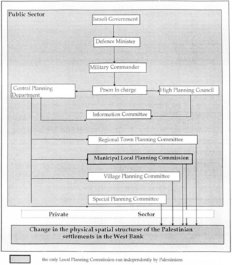 Institutional Arrangements of the Israeli Physical Planning System in the West Bank, Abdel Rahman Abdel Hadi Mahrok (1995, p.126, Fig. 8.2)
Institutional Arrangements of the Israeli Physical Planning System in the West Bank, Abdel Rahman Abdel Hadi Mahrok (1995, p.126, Fig. 8.2)
Through MO 418, Israel effectively excluded Palestinians from planning processes. Over the following decade, Israel issued additional military orders—albeit more slowly—that restricted spatial planning practices to Israeli military personnel only.
Research Office
Me, Amanullah Mojadidi. Who I am…
I received a BA in the late 1990s and an MA in the early 2000s, both in cultural anthropology. I subsequently spent the next 20 years working both as a conceptual artist and a development worker in support of contemporary artistic initiatives in Afghanistan, before returning to academia to pursue a PhD, once again in cultural anthropology. My approach in using anthropology to make art has been to listen to local communities to understand what issues are important to them and then to work with them on defining not only what to represent, but how to represent it. This approach can be seen as falling within what George Marcus has termed “para-ethnographic”, a process in which the ethnographer (or the artist) is “allied with the subject as intellectual partner in coming to terms with the understanding of a shared common object of curiosity” (Holmes and Marcus 2020:29).
Research Office. Geneva Graduate Institute
